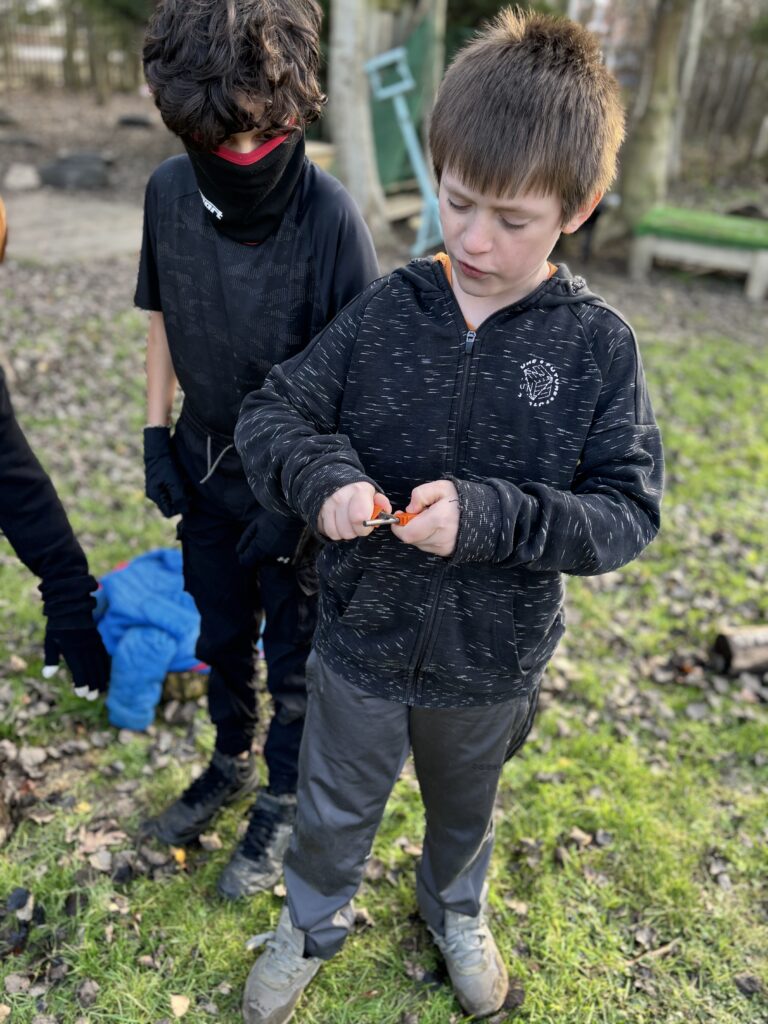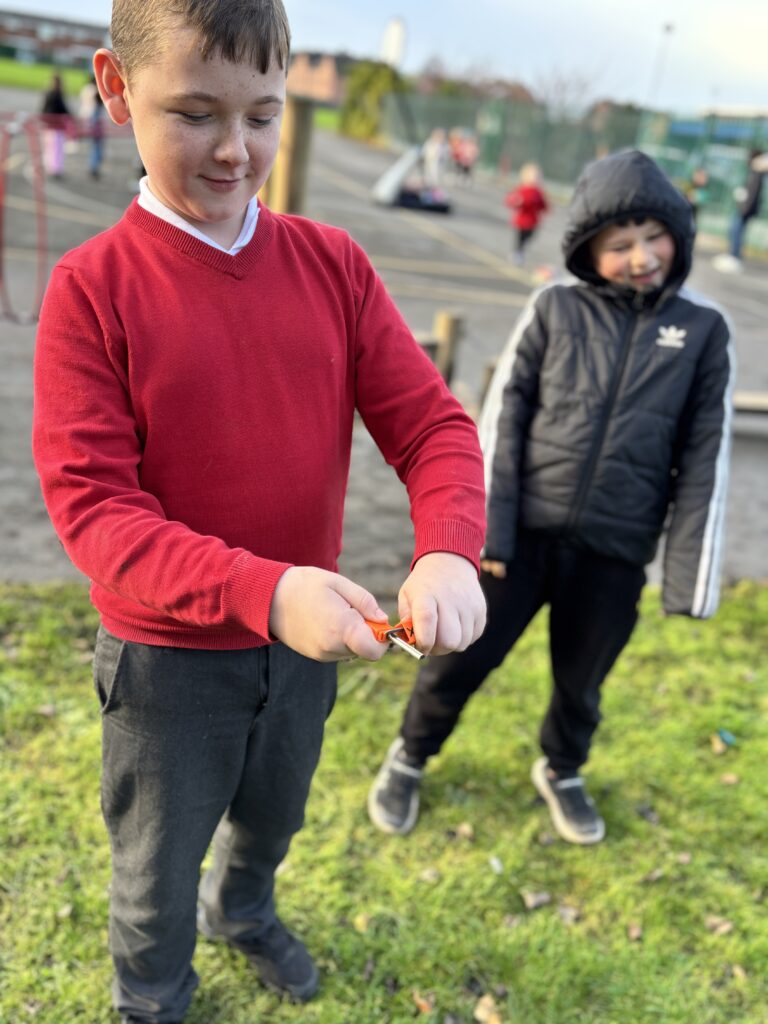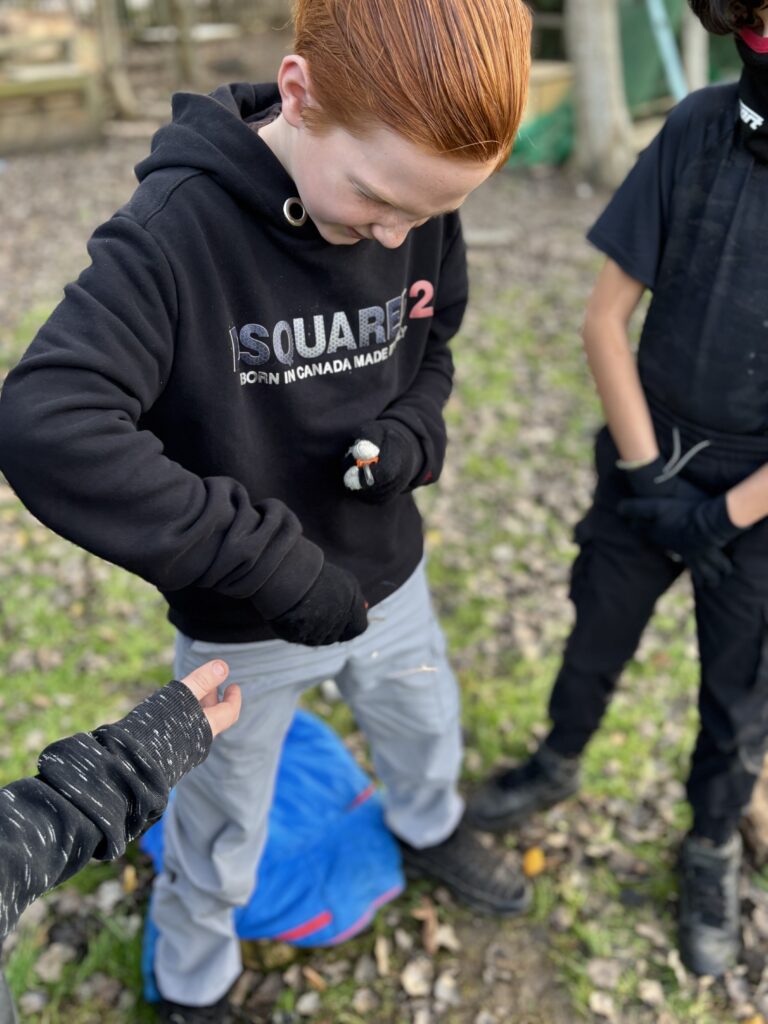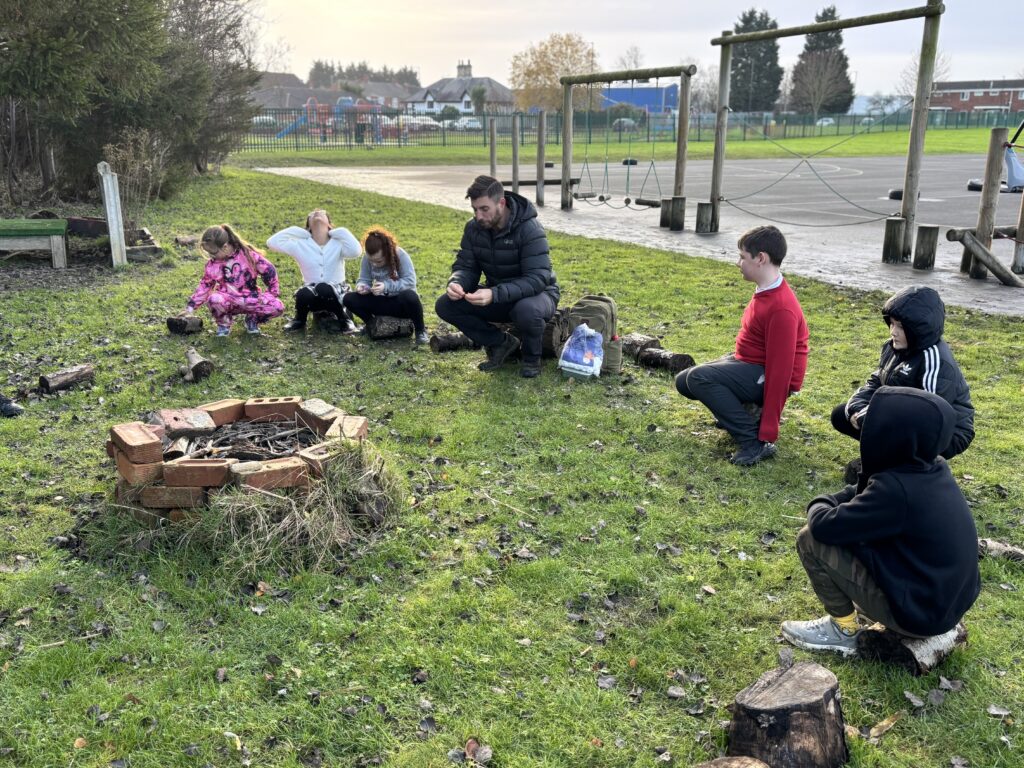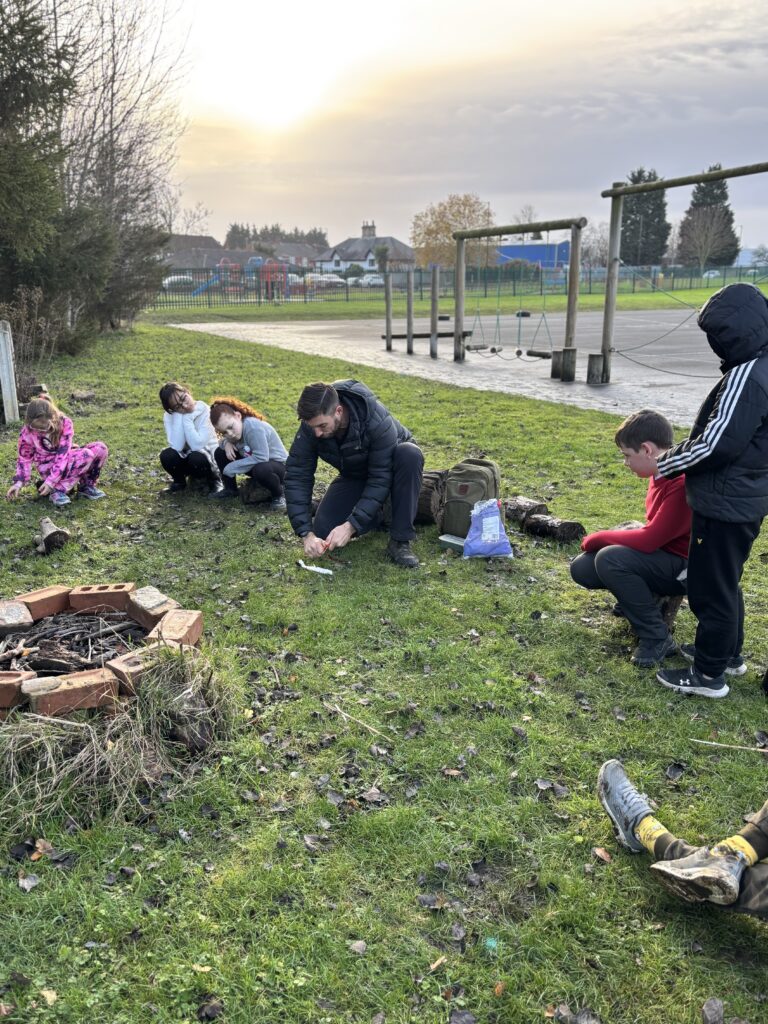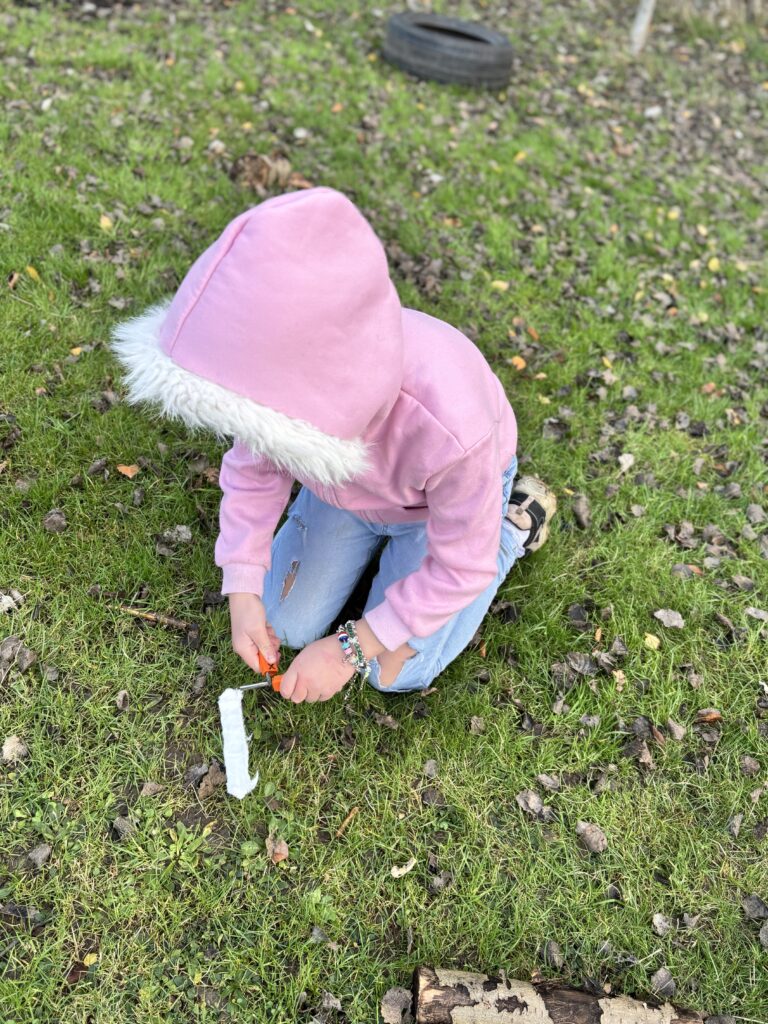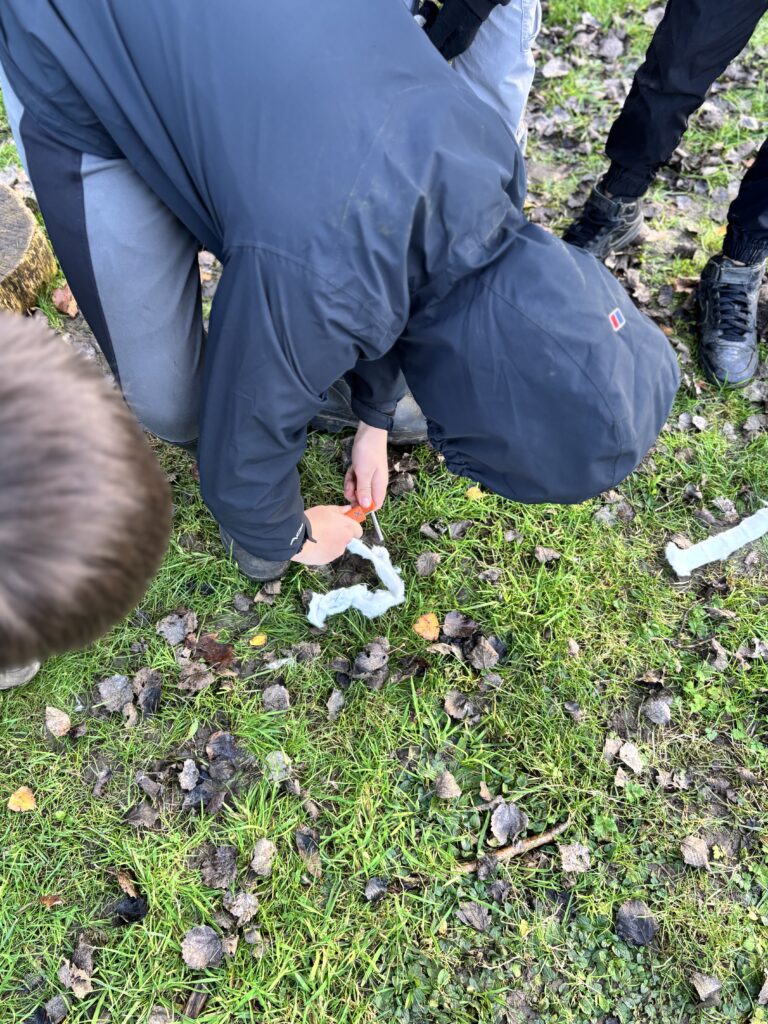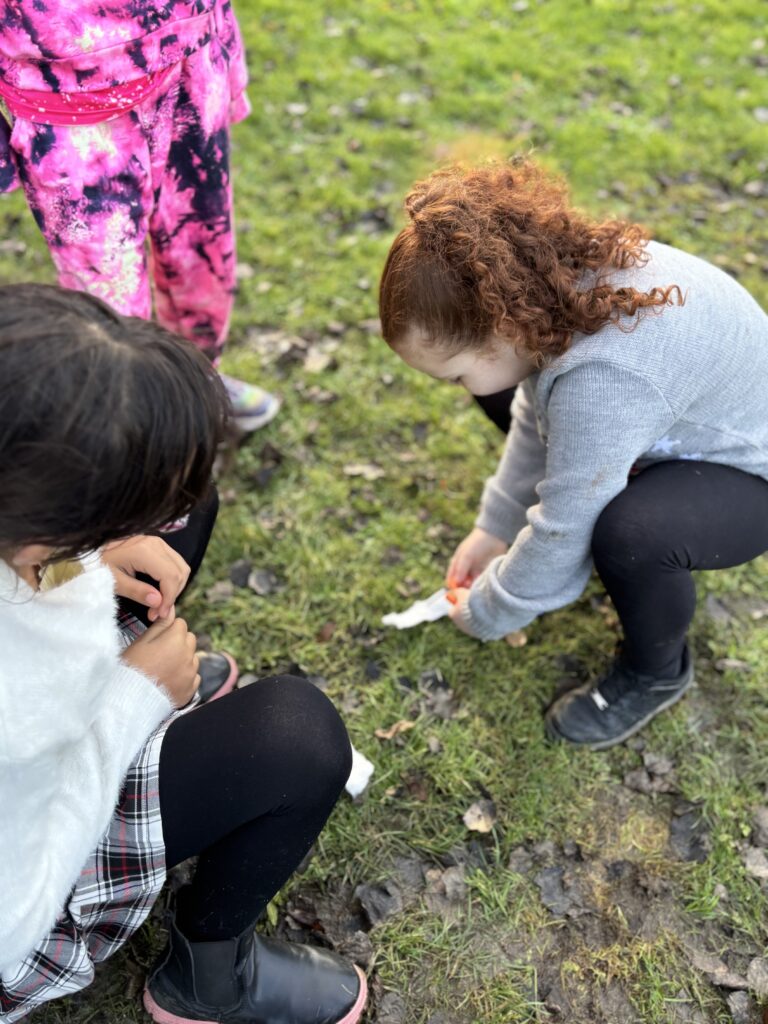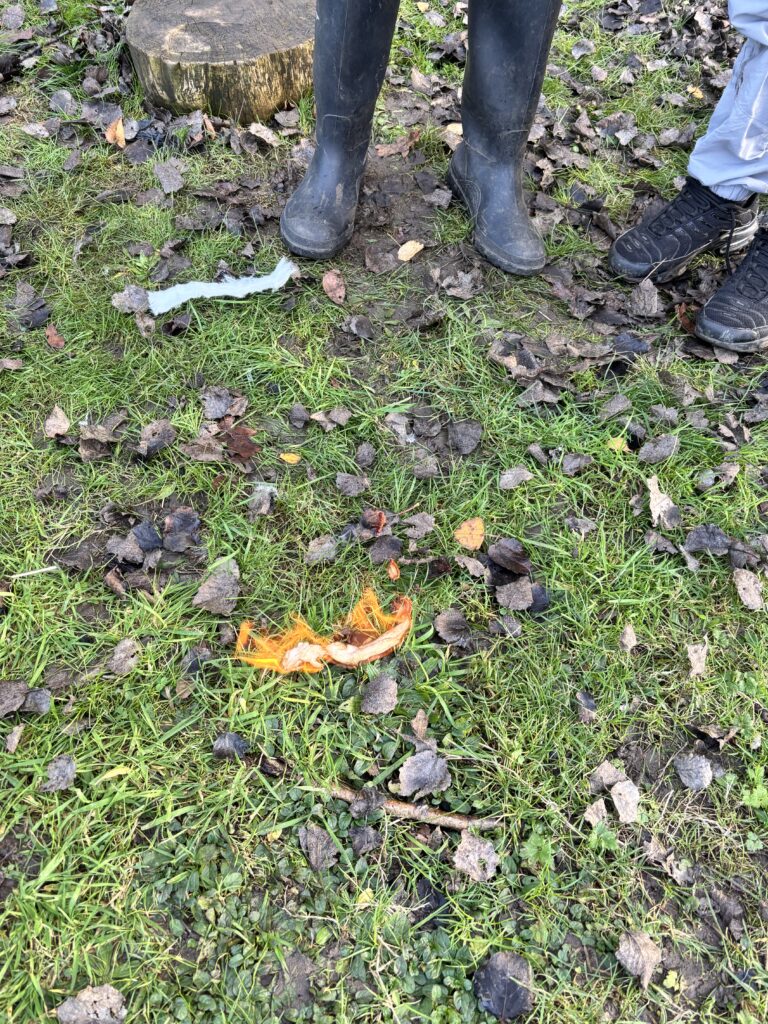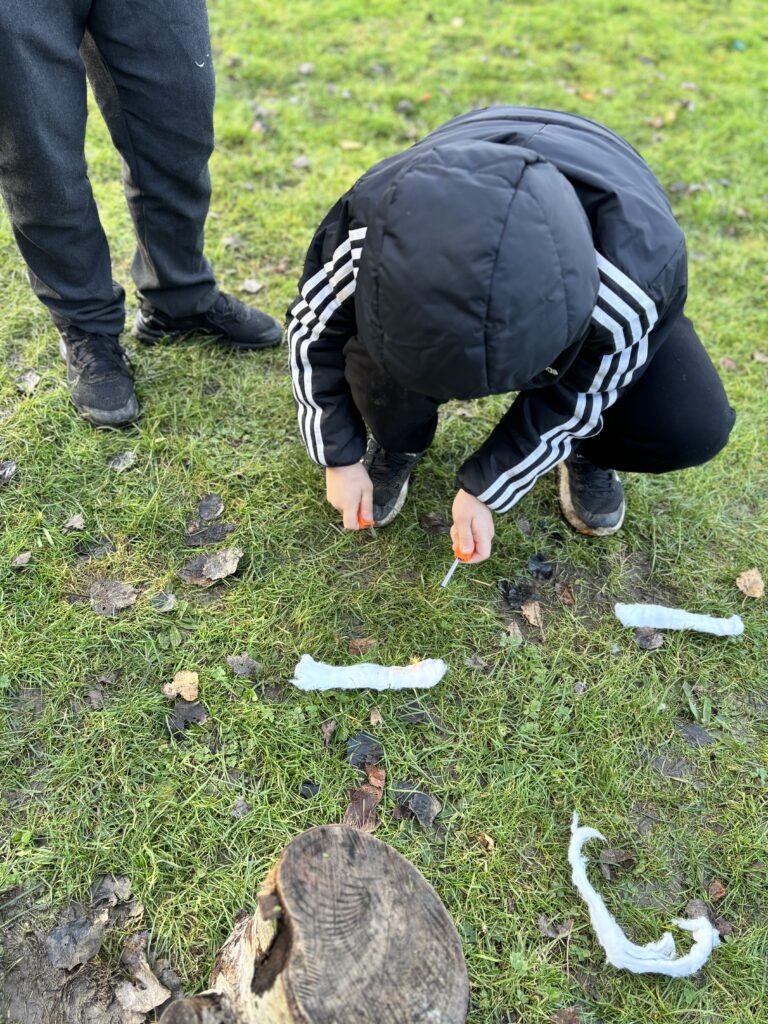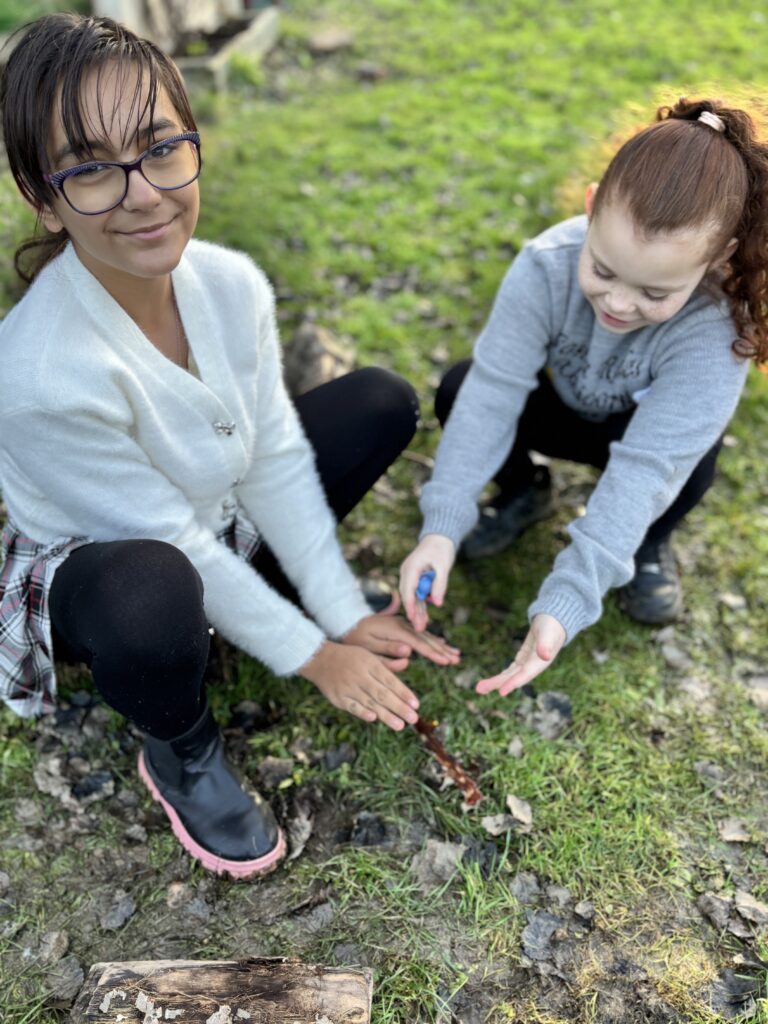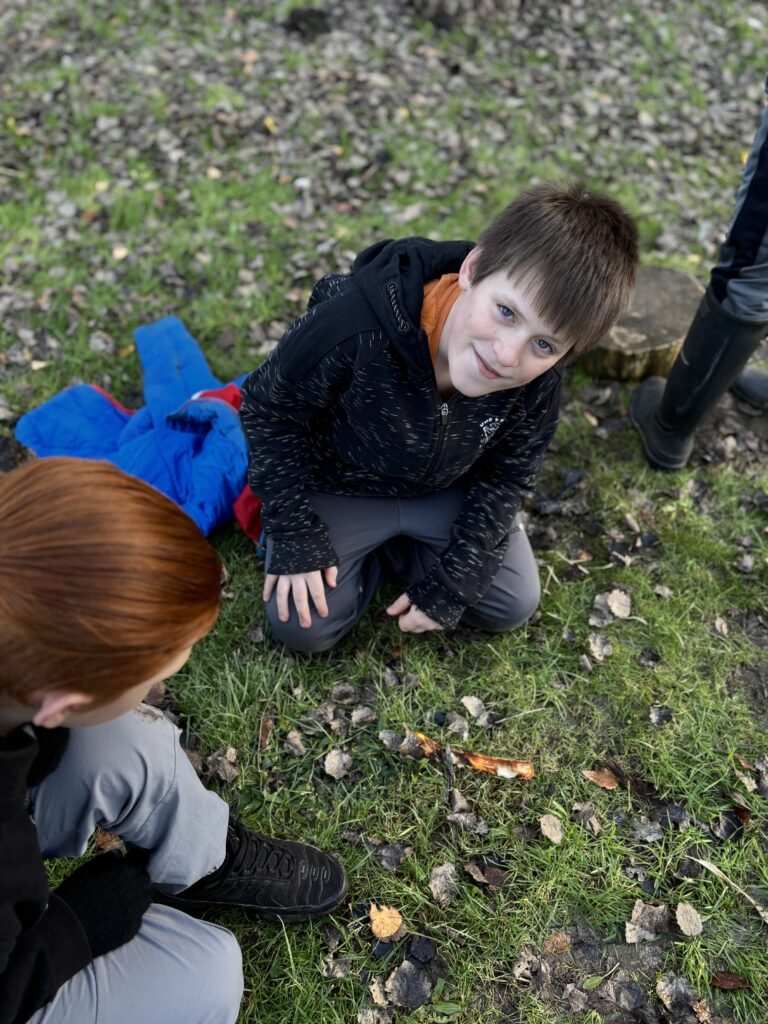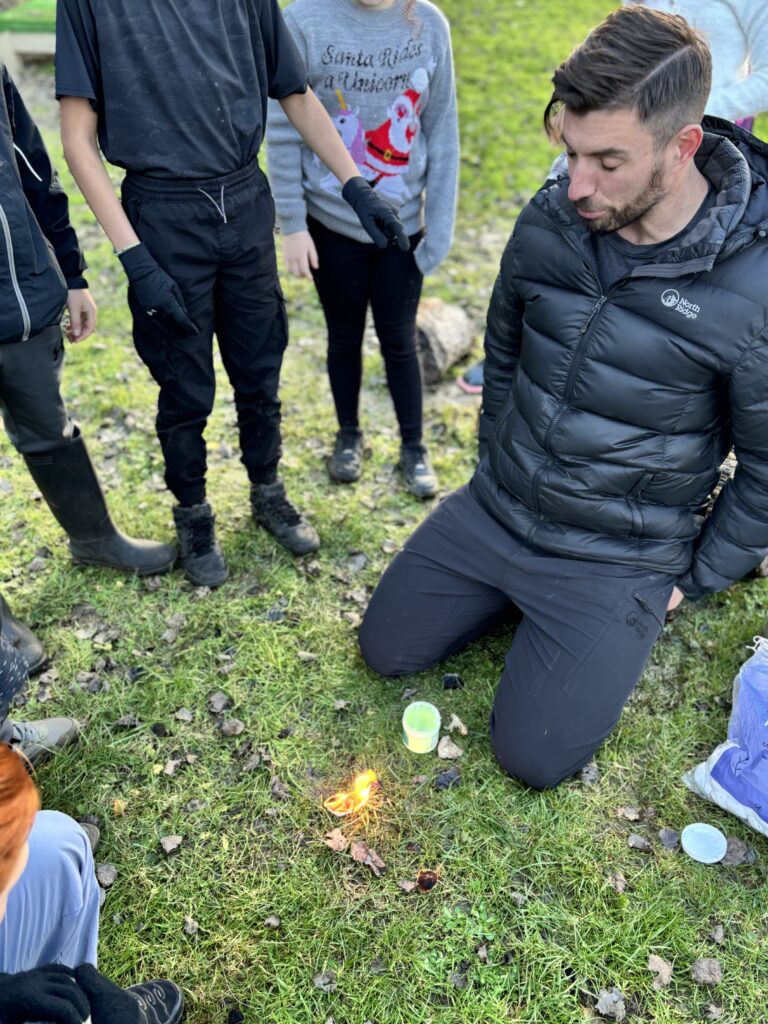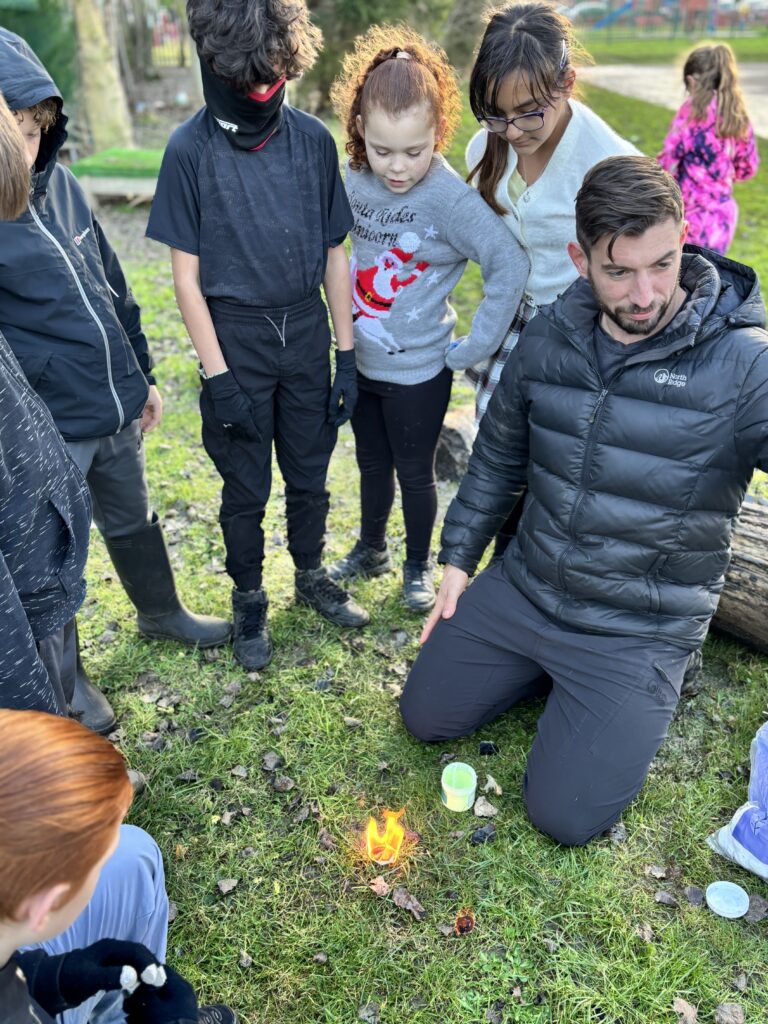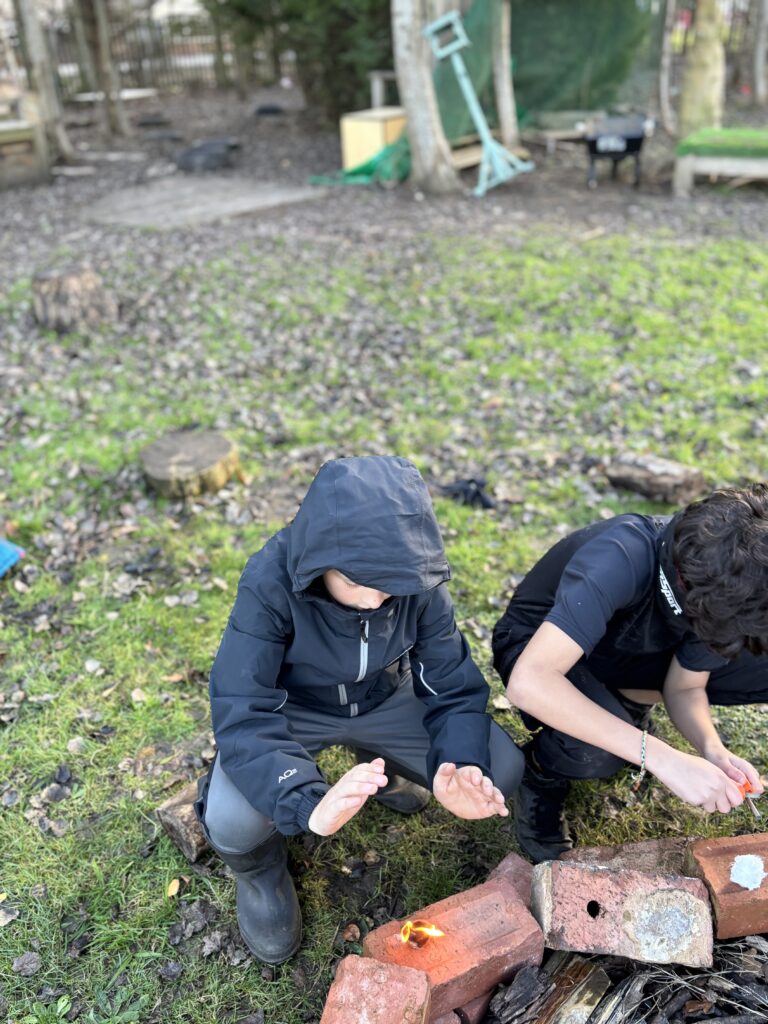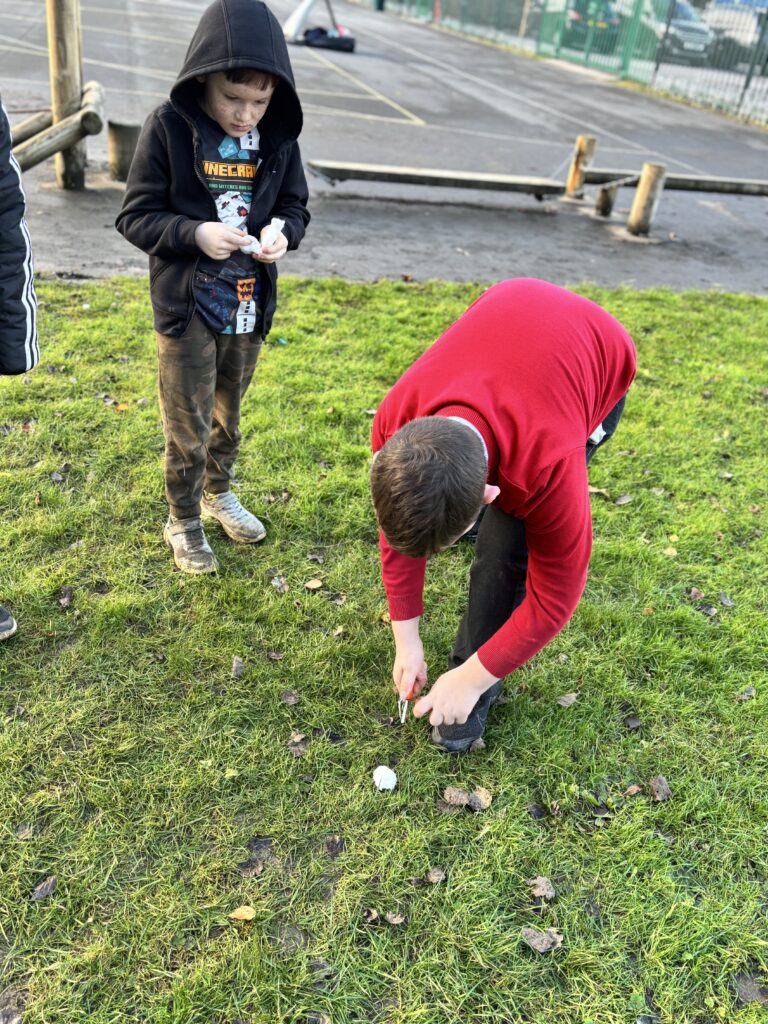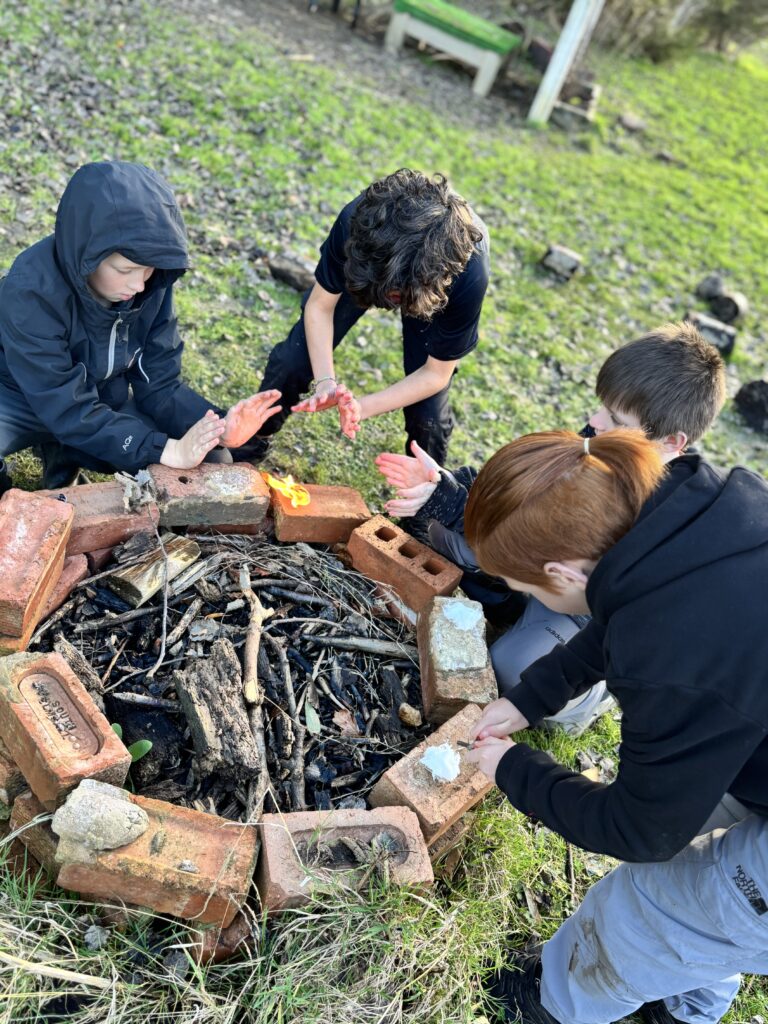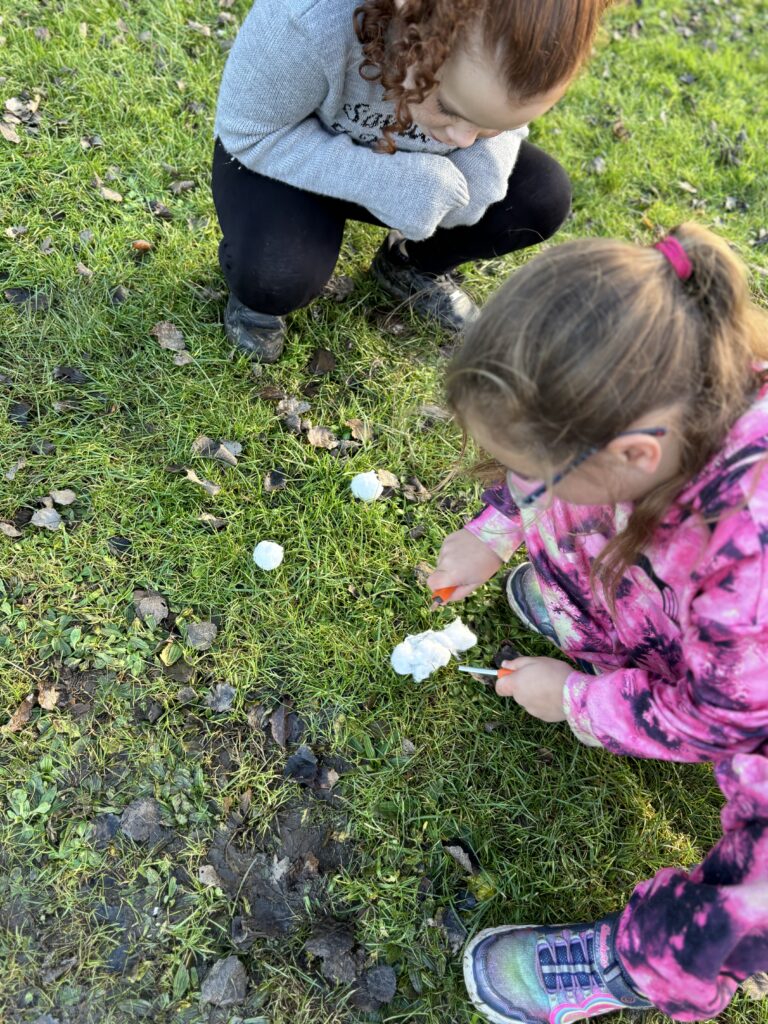We had so much fun finalising our DT products by painting on our designs. We’ve even added some fact cards to the top to explain in more detail some of the things we’ve learned during our DT case study!
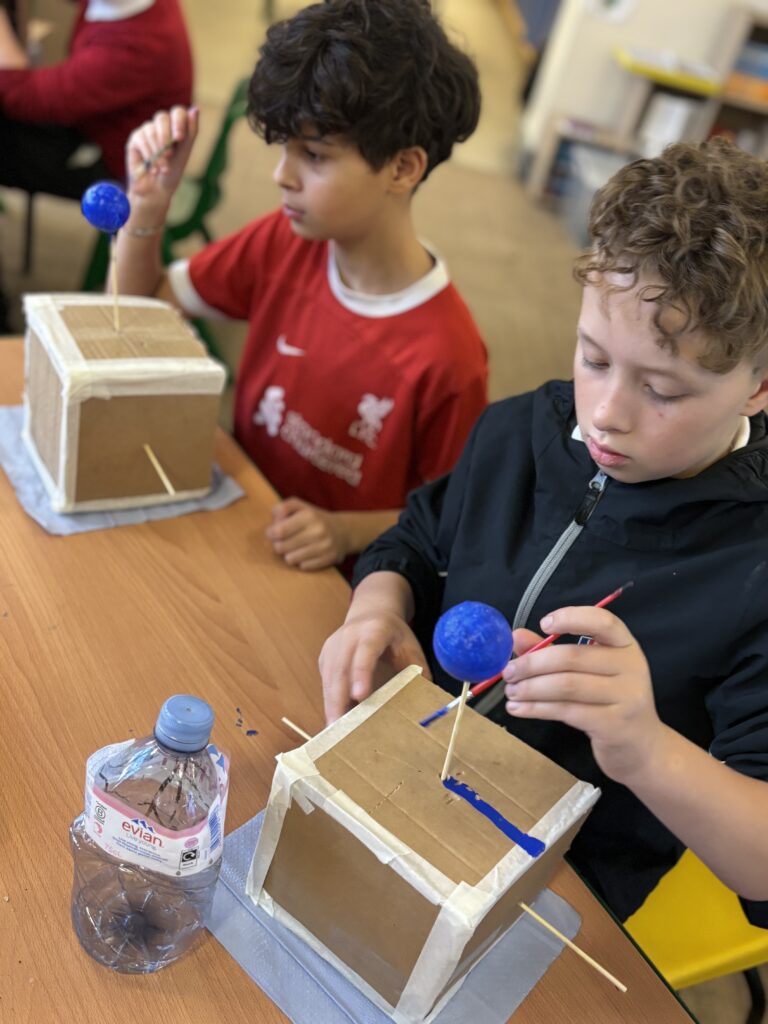
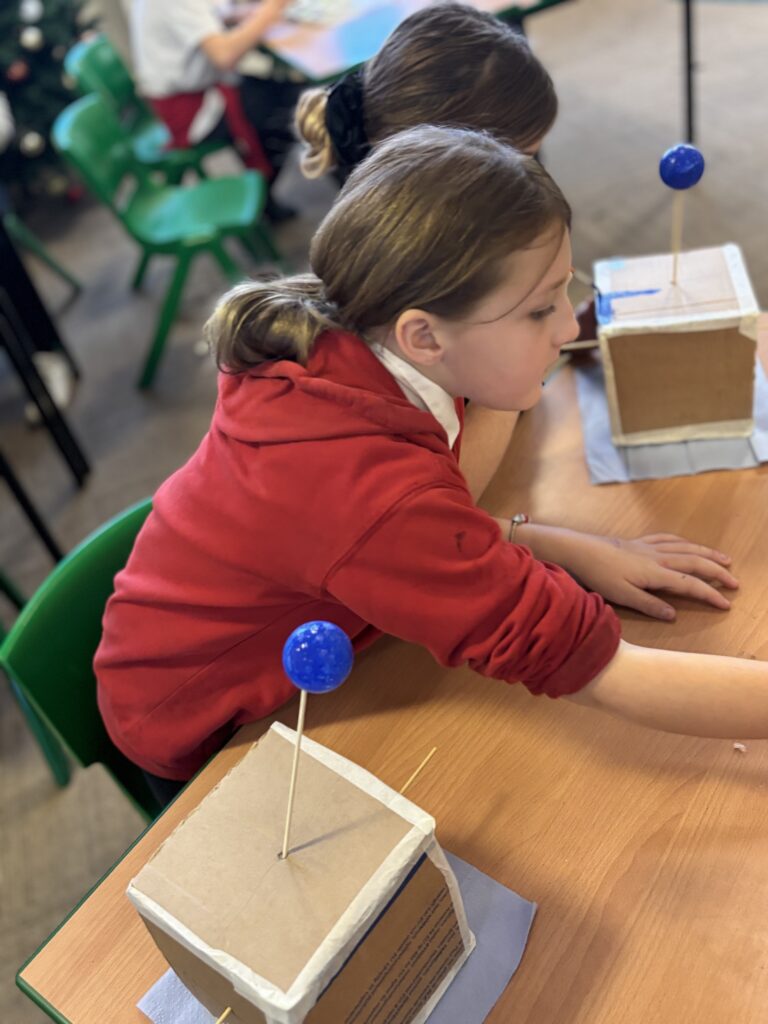
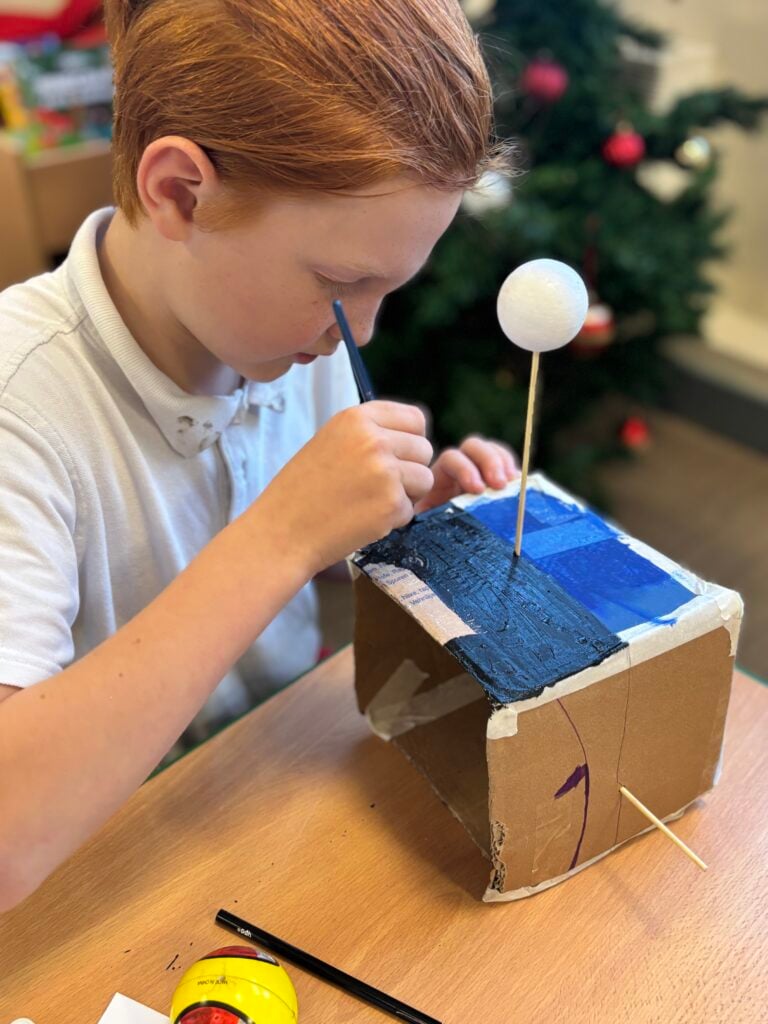
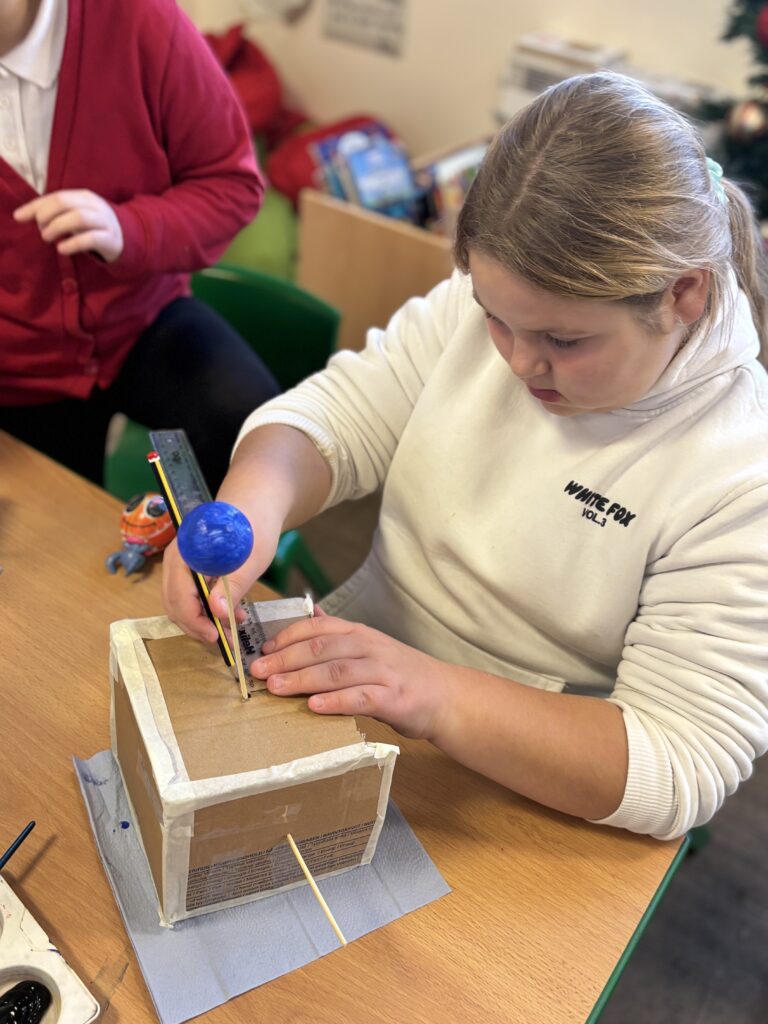
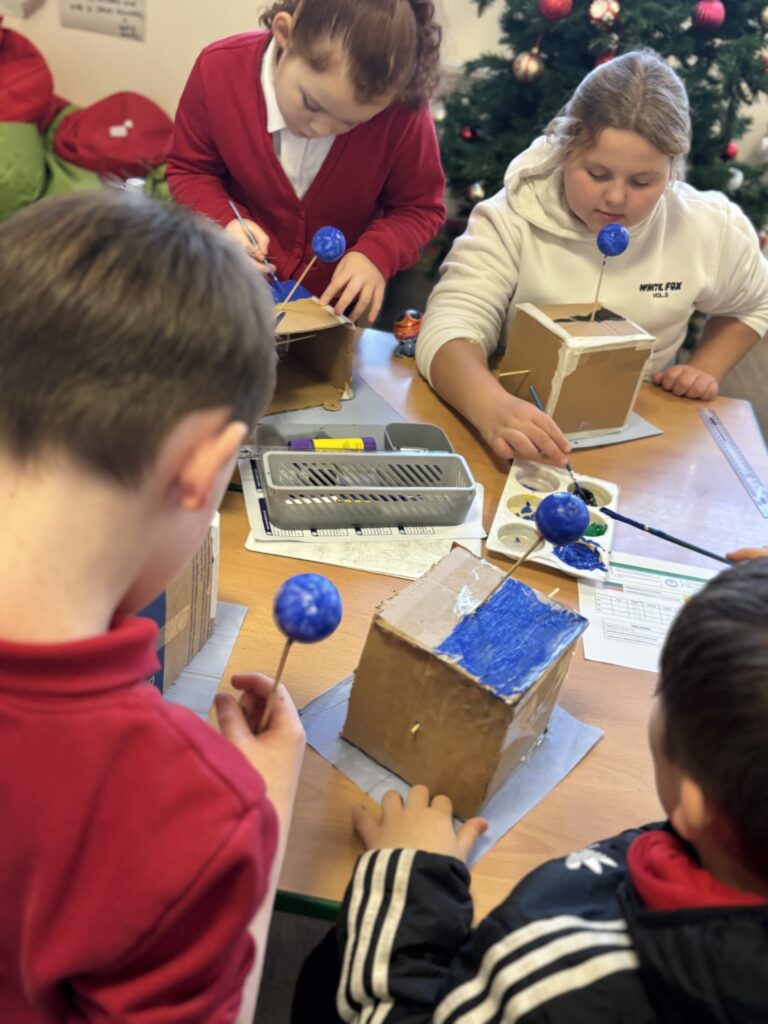
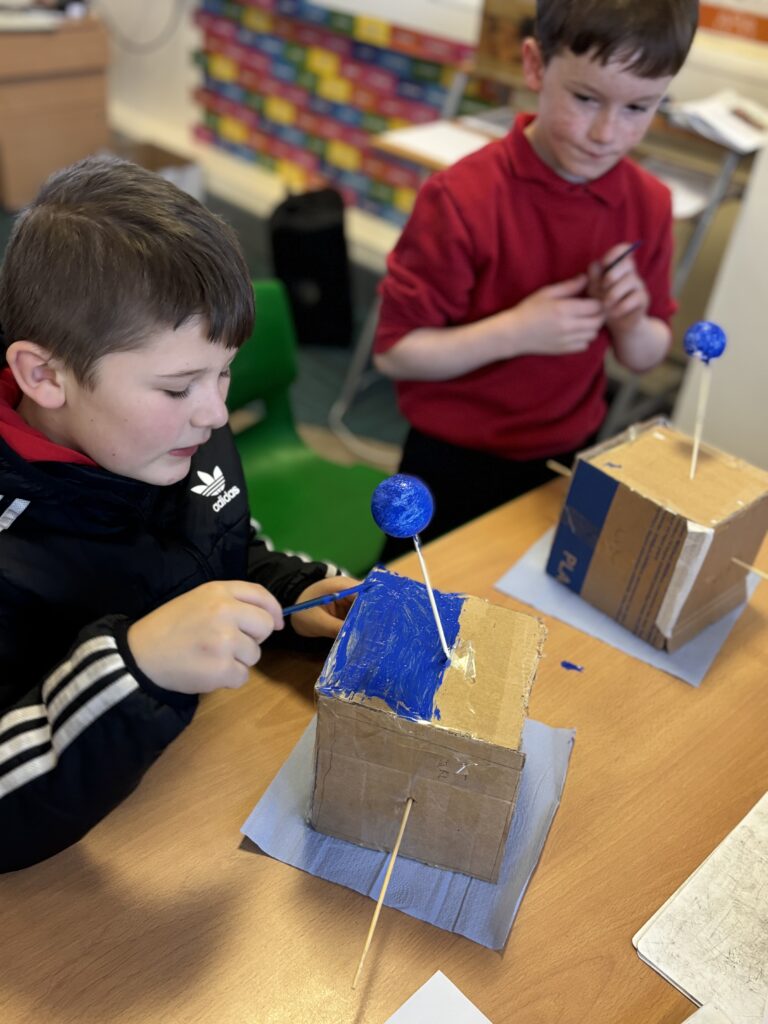
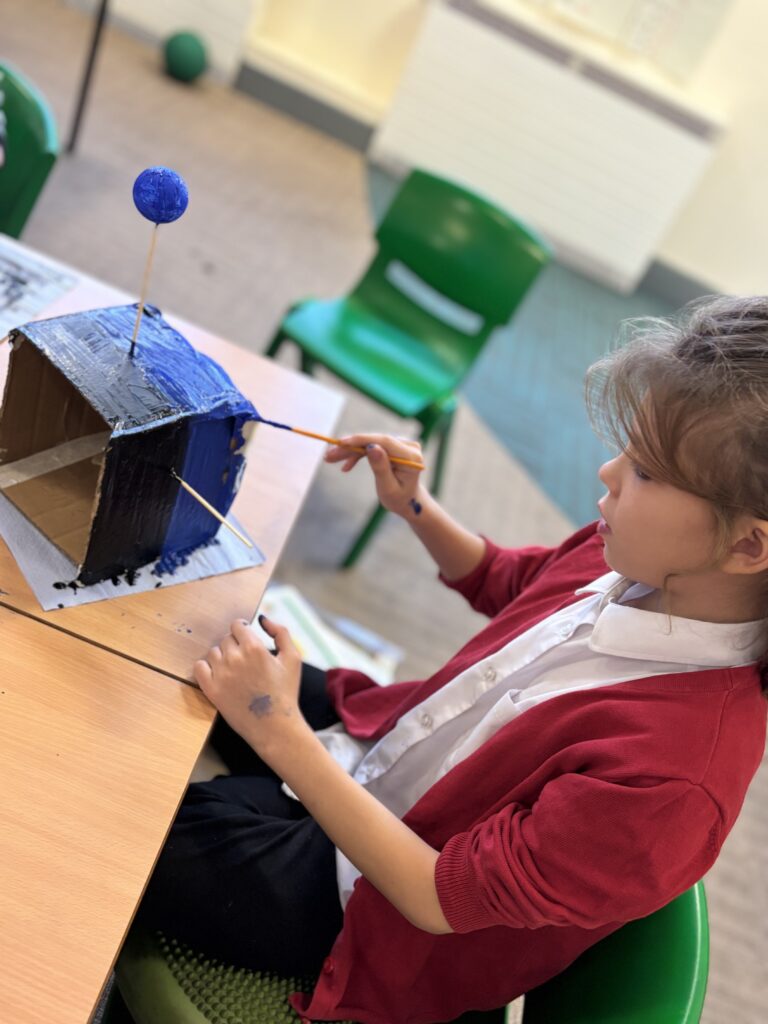
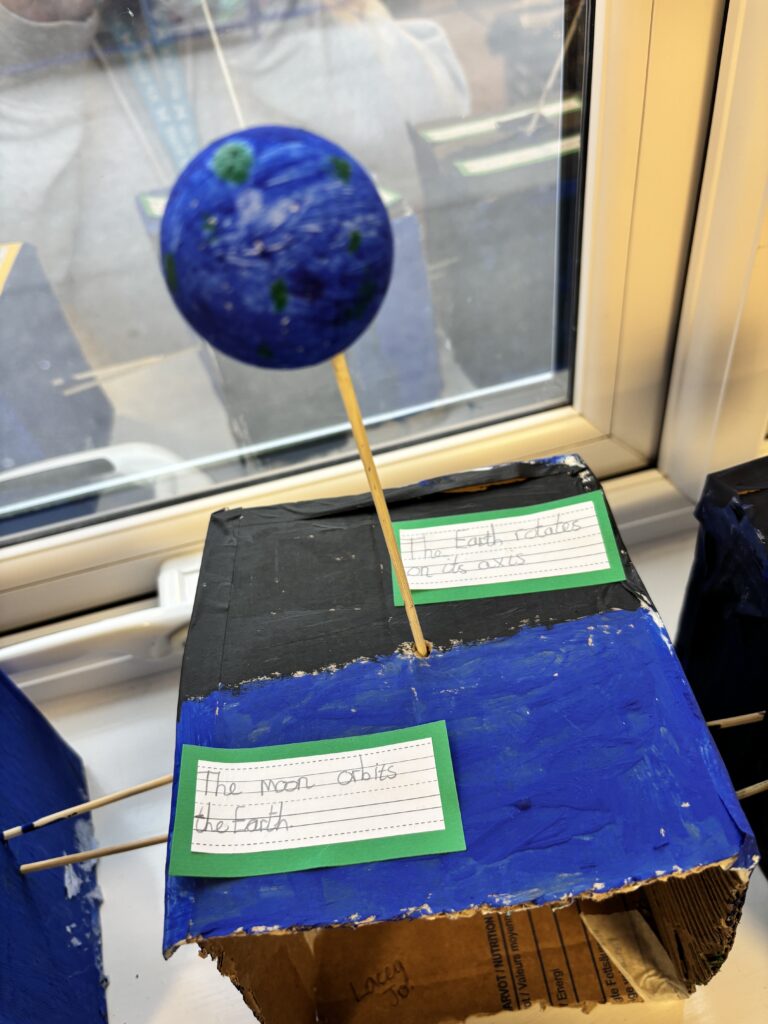
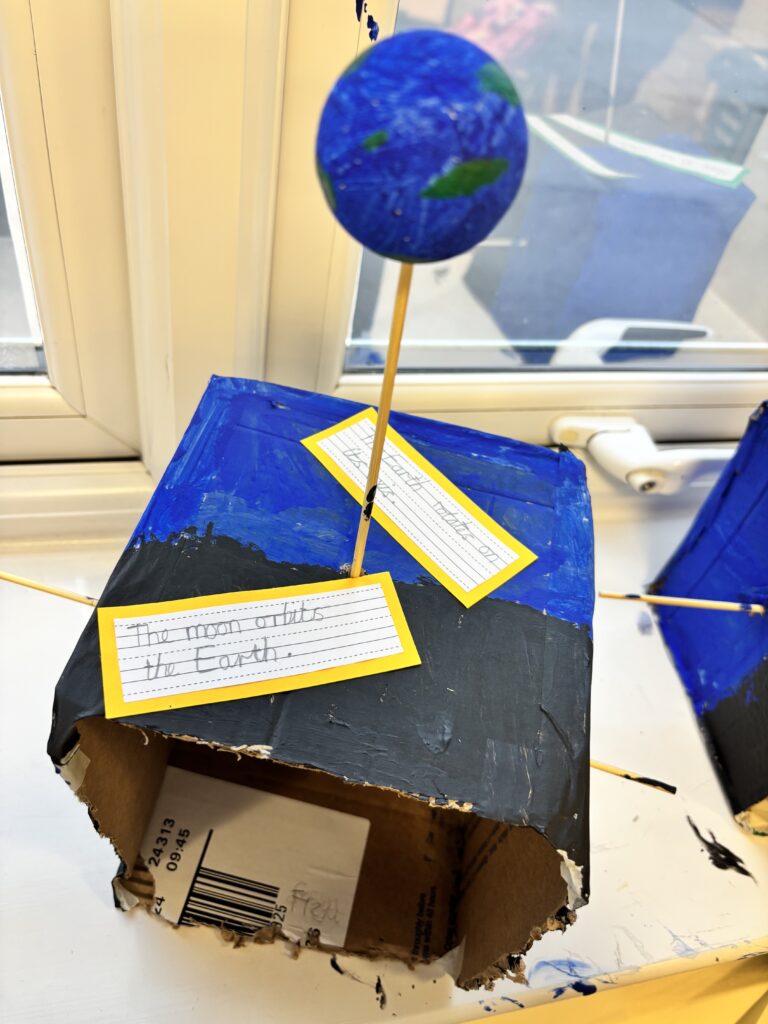
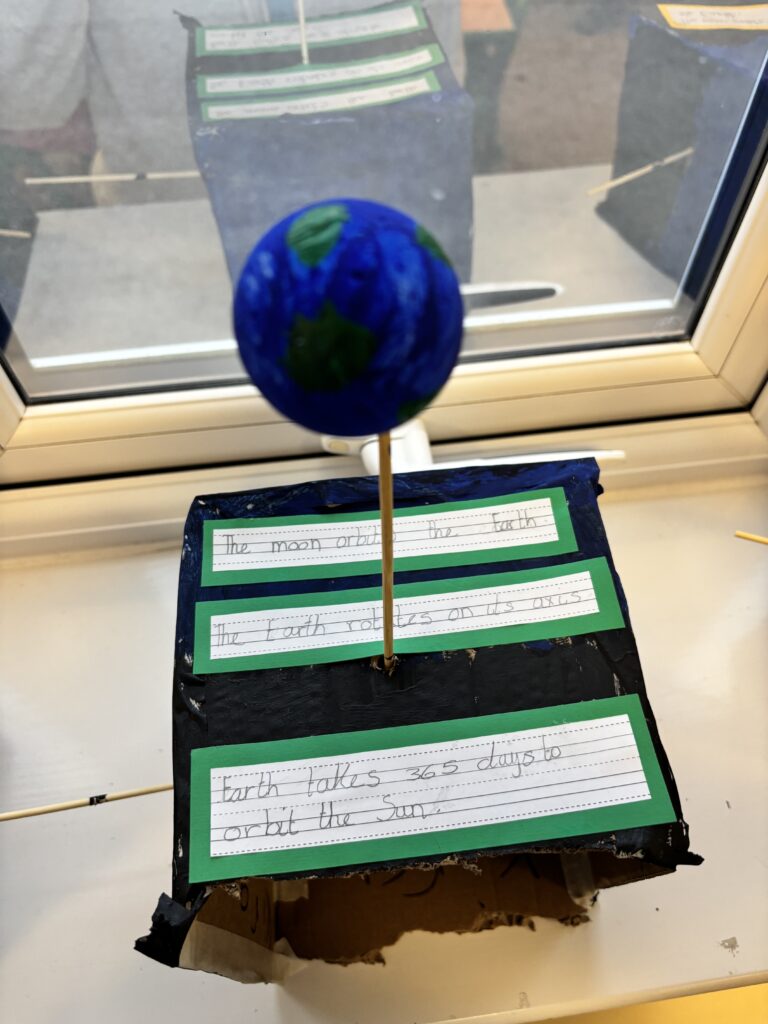
We had so much fun finalising our DT products by painting on our designs. We’ve even added some fact cards to the top to explain in more detail some of the things we’ve learned during our DT case study!










I had the pleasure of taking Crew Elmer to our local care home China Cottage to sing a number of Christmas songs for their residents. It was a really lovely morning and the children made me very proud. They have worked so hard on practising the songs and they sang so beautifully. The residents joined in and it brought a smile to every face in the room. The children were then treated to a little gift that had been wrapped by the residents themselves, handed out by Santa and his elf. Thank you so much to the team at China Cottage for allowing us to come and spread some Christmas joy, and for all their hard work looking after the wonderful residents in their care. Wishing everyone at China Cottage a very merry Christmas!
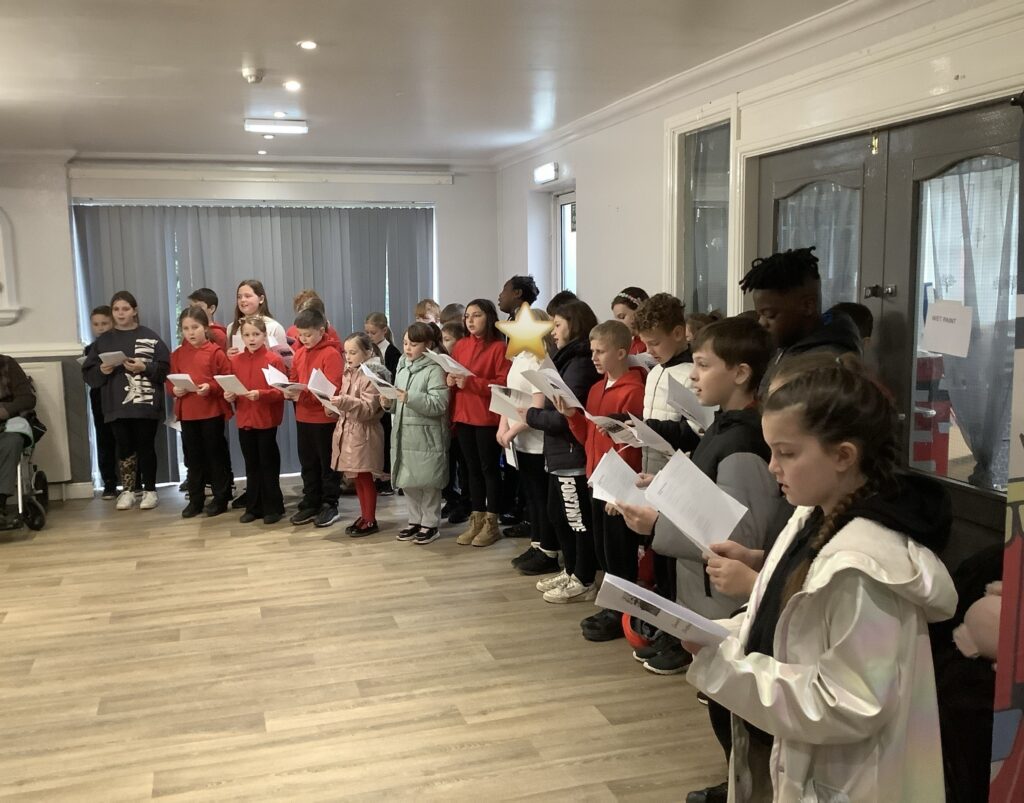
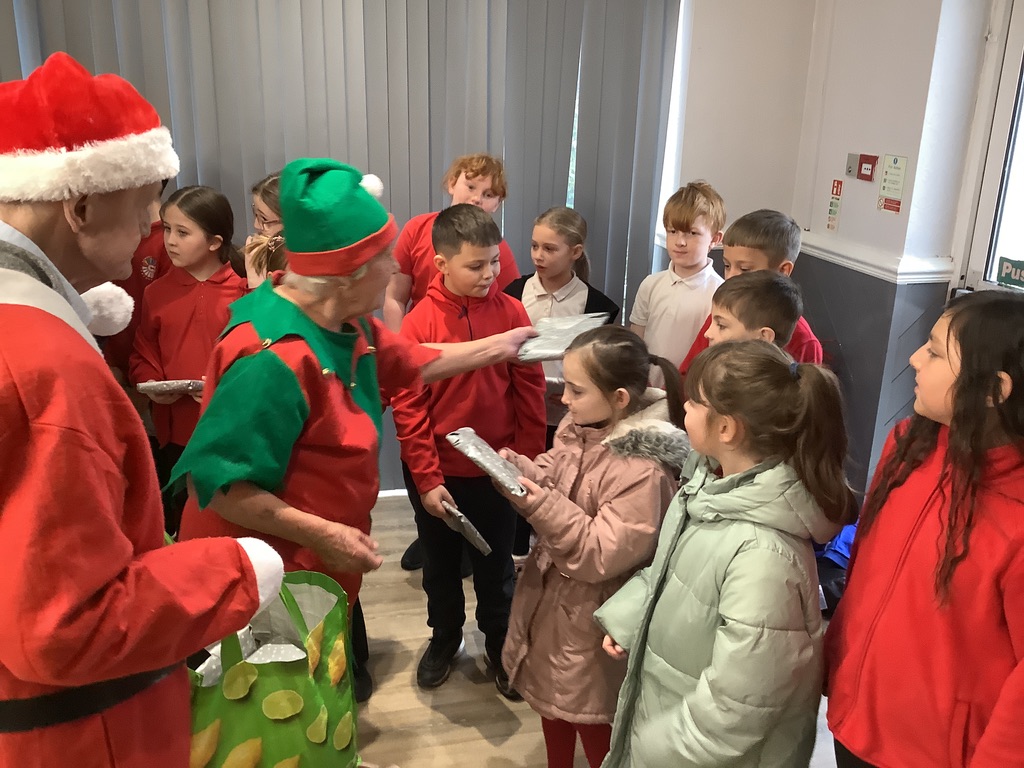
This afternoon, Crew McGlone had brunch with a very special guest – Santa! He brought along his reindeer Rudolph and his cheeky elf sidekick!
Today in computing, we looked at the difference between reliable and unreliable. We learned that not all things we read or see on the internet are real or true… Even if information looks realistic, we have to ensure that we check our sources before we believe what we are reading/seeing. Today, we looked at some information on a website about a ‘Tree Octopus’. After using our background knowledge, lots of discussion around what we were reading and analysing photographs, we agreed that this website was not reliable and the Tree Octopus does not exist!
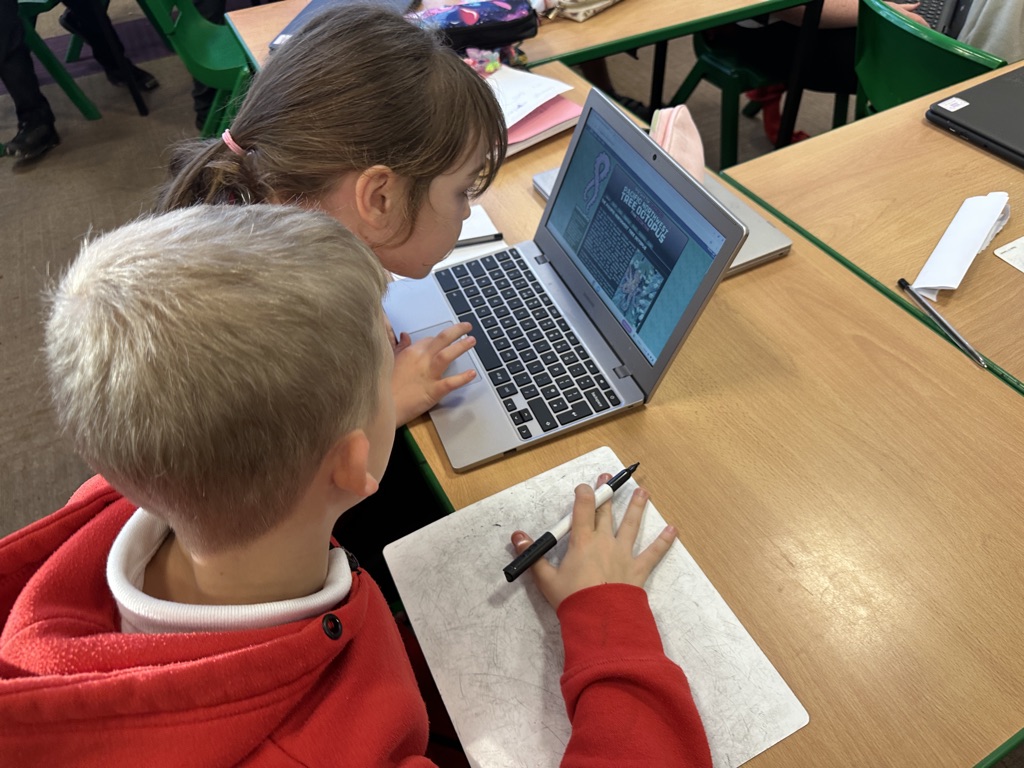
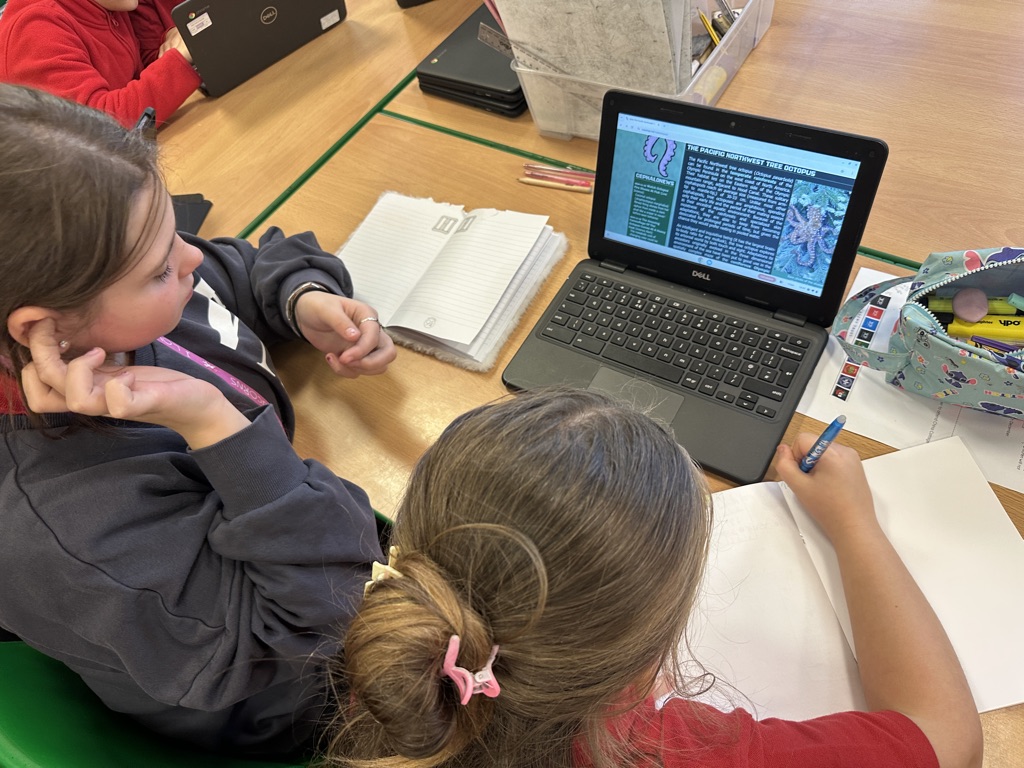
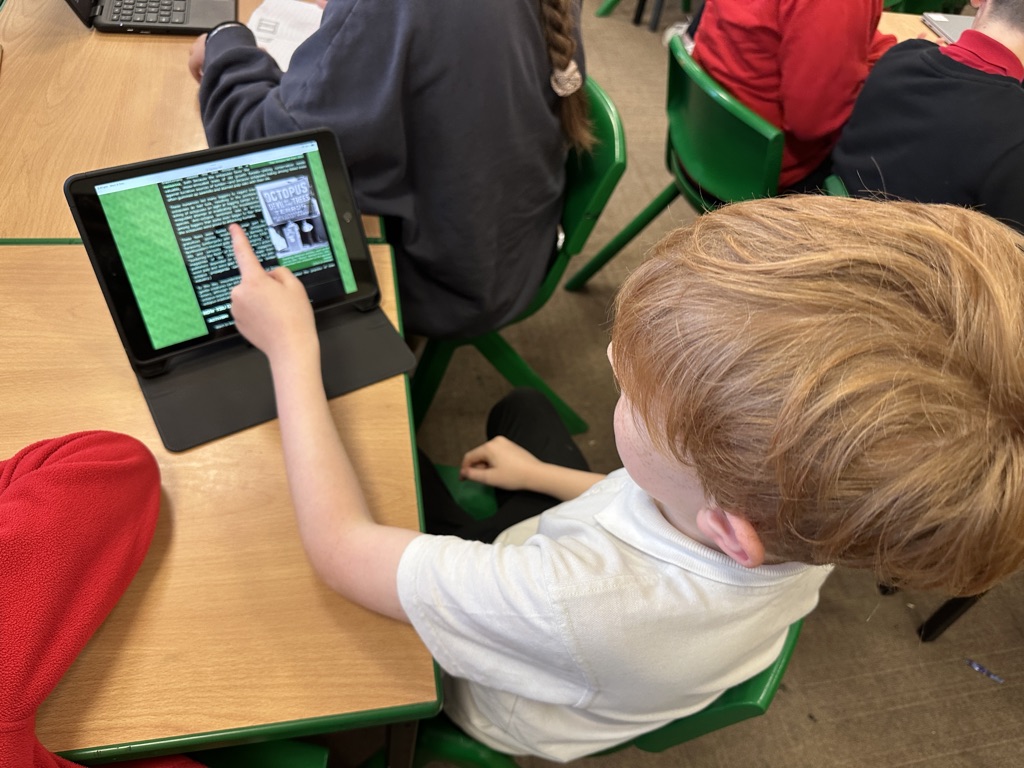
This afternoon, we began to create our cam toys, working in our pairs. This required patience and collaborating clearly with our partners. Next, we will paint our designs and add the representations of the Earth, Moon and Sun.
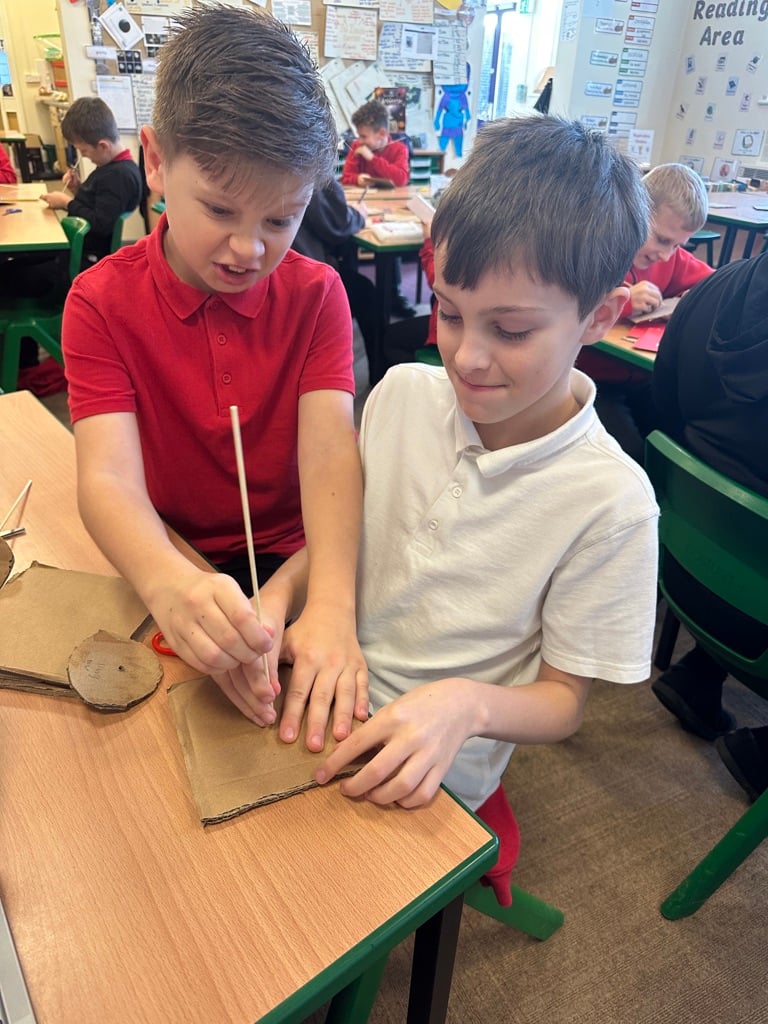
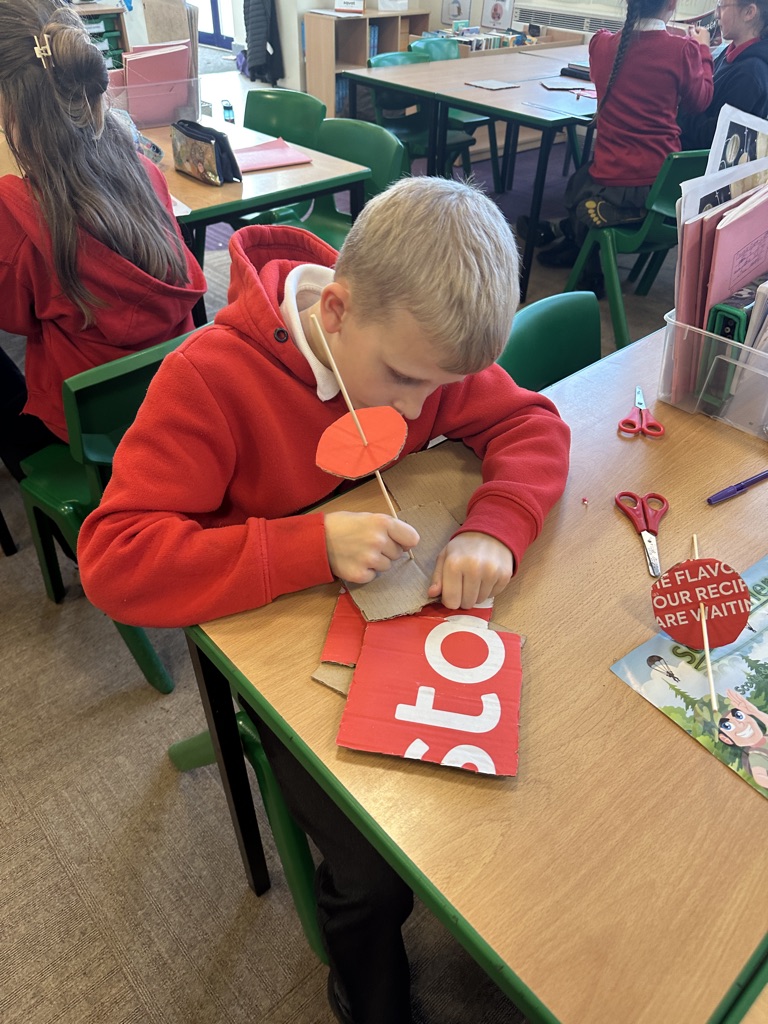
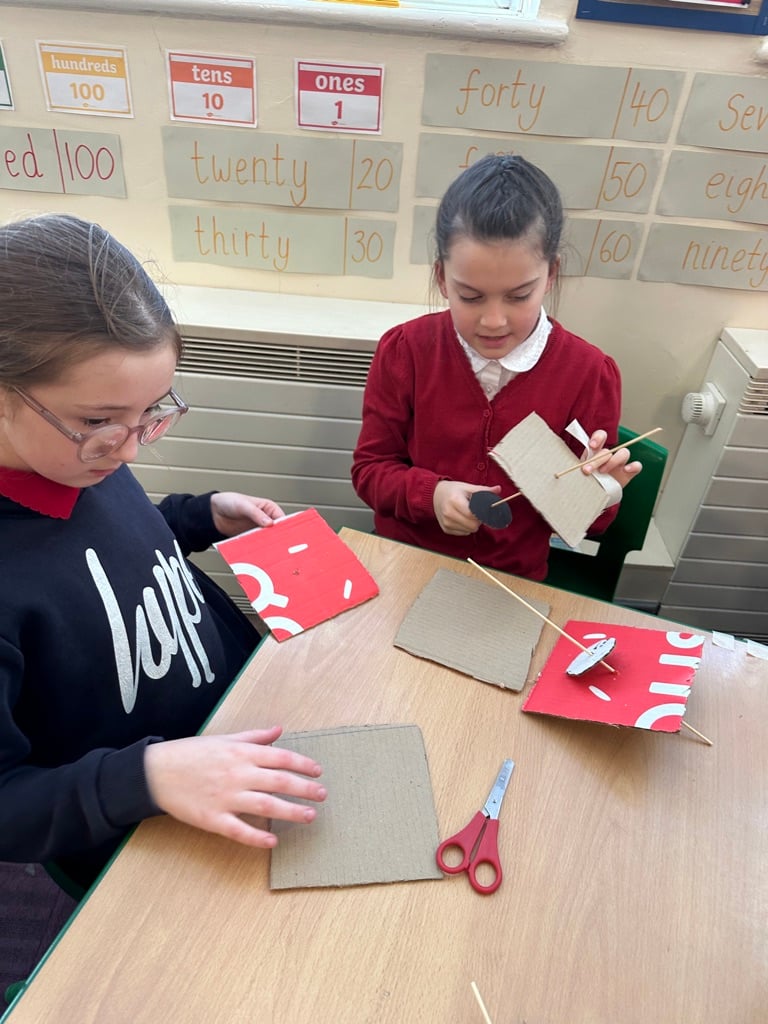
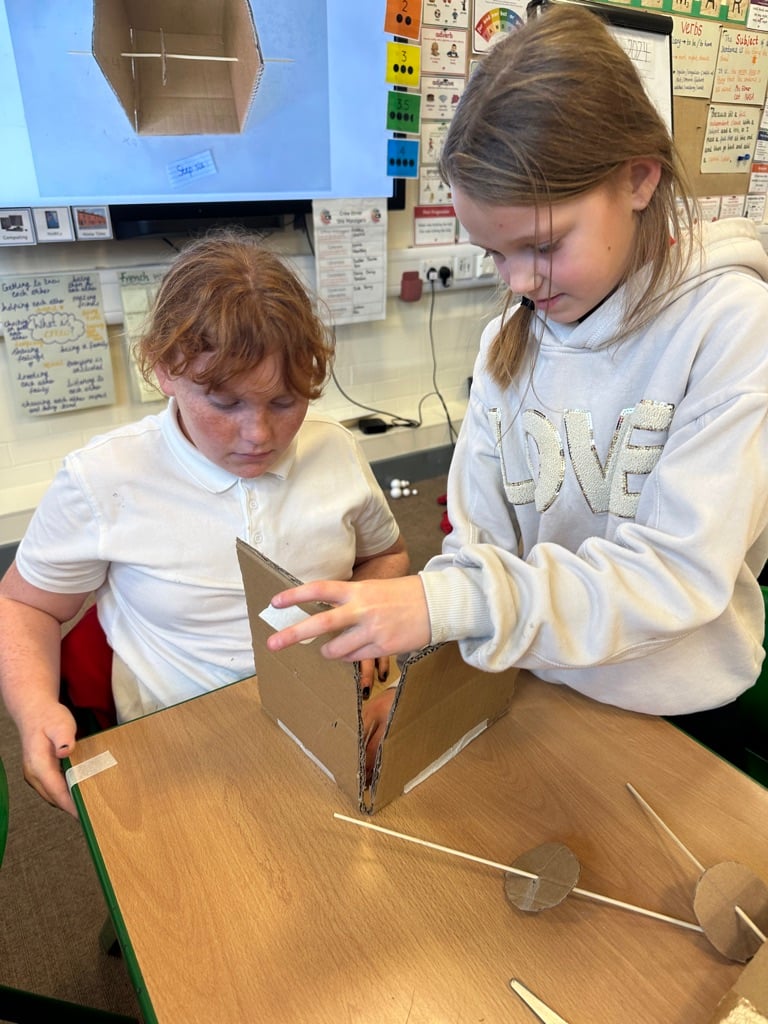
Our crew challenge was to play rock, paper, scissors in small groups and compete against each other. Children used a tally to keep track of who won each game so they could then compete against the winner. It was great seeing everyone get involved and show good sportsmanship if they didn’t win.
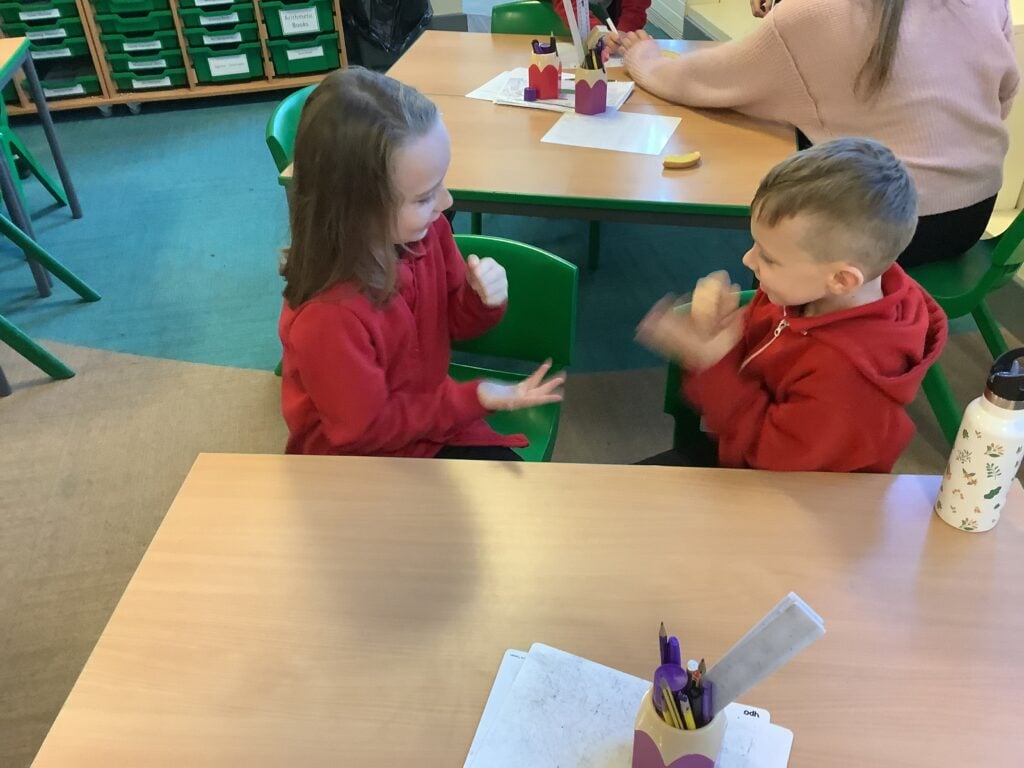
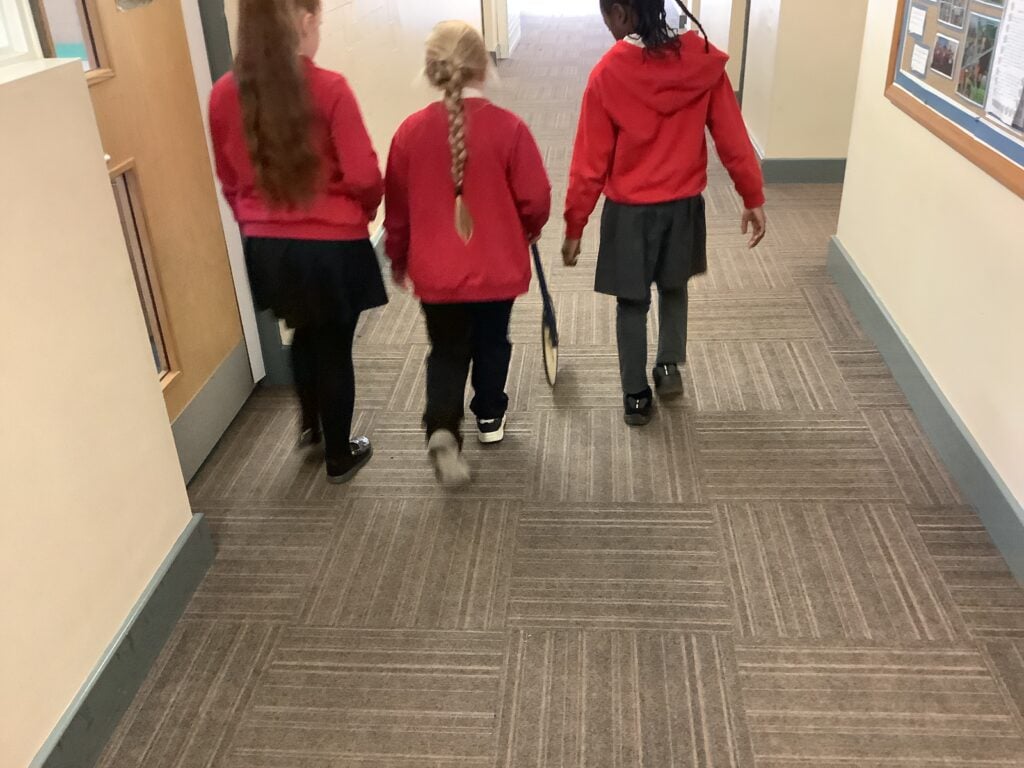
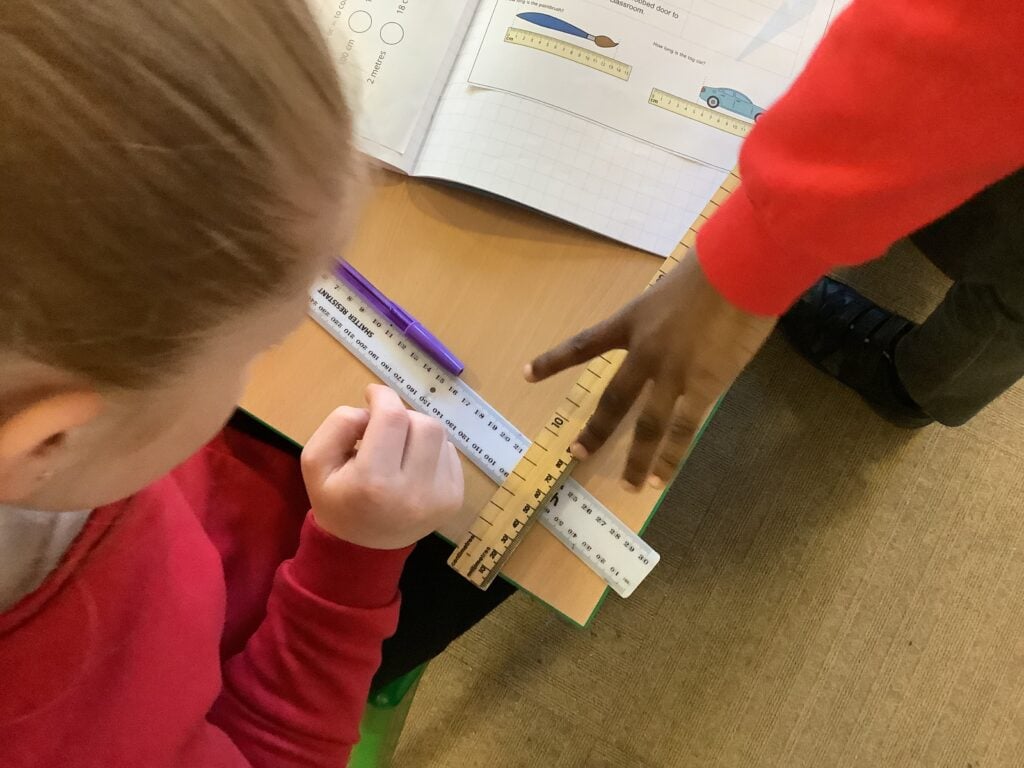
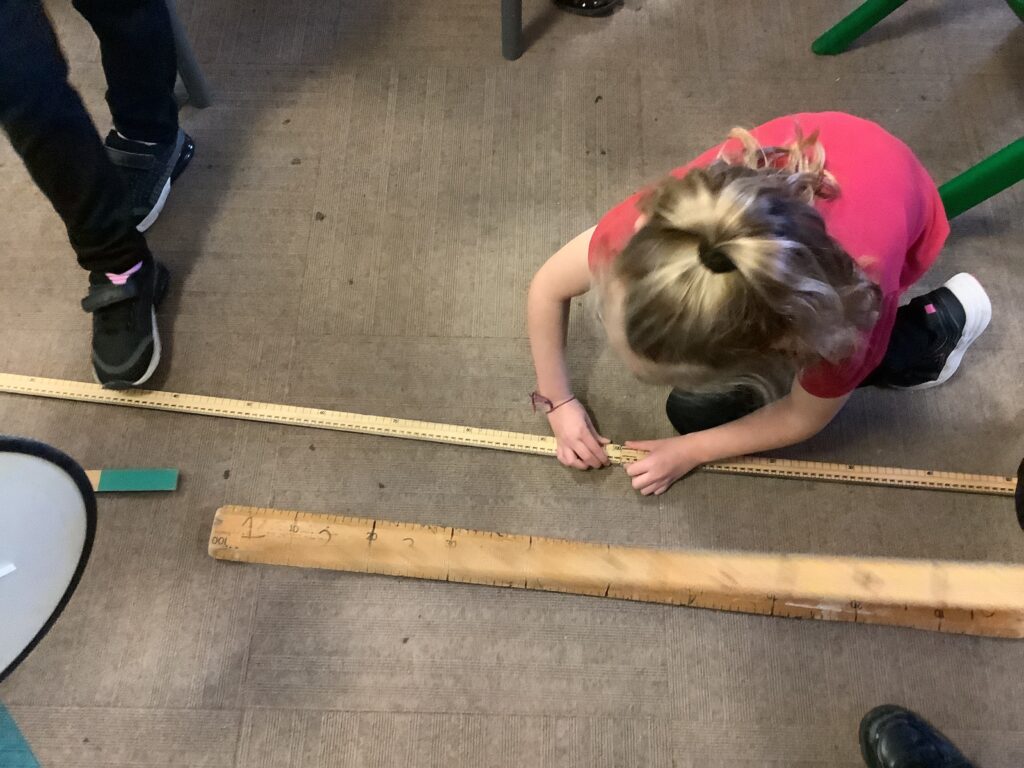
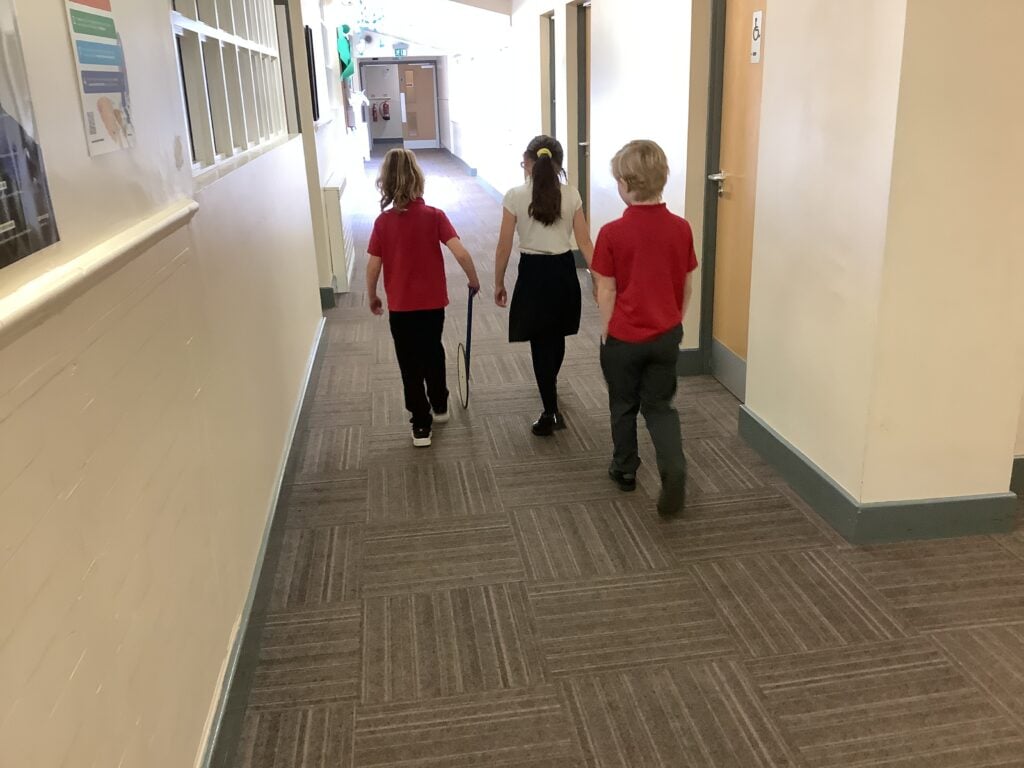
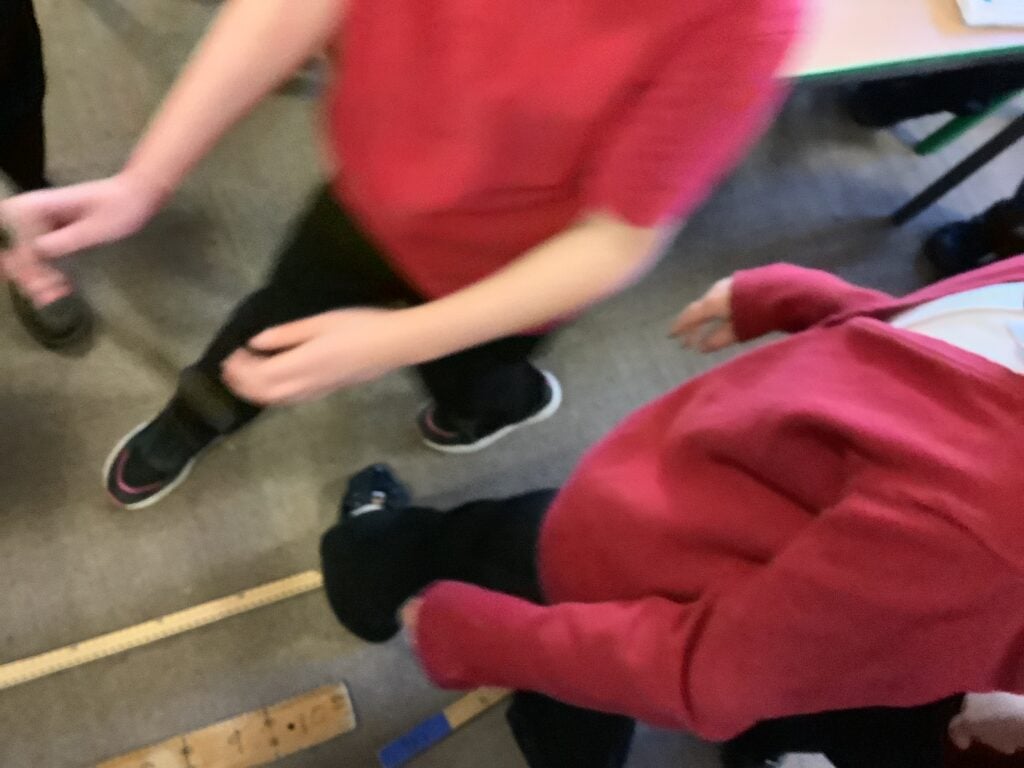
In maths, we started our measurements unit and kicked off the lessons by measuring things around the classroom in cm and m. We used a rule, metre stick and even a trundle wheel for the corridor. The children had lots of fun doing this and give them practical experience of measuring.
It was pleasure to be able to watch the Cheerleading and Acro performance on Thursday afternoon. The children from KS1 and KS2 performed the dances they have been learning during this term in lunchtime clubs.
The performance oozed confidence and the high quality learning that has taken place during these clubs. It was great to see children from previous years perform but also lots of new faces. A massive well done to all involved. They should be very proud of themselves.
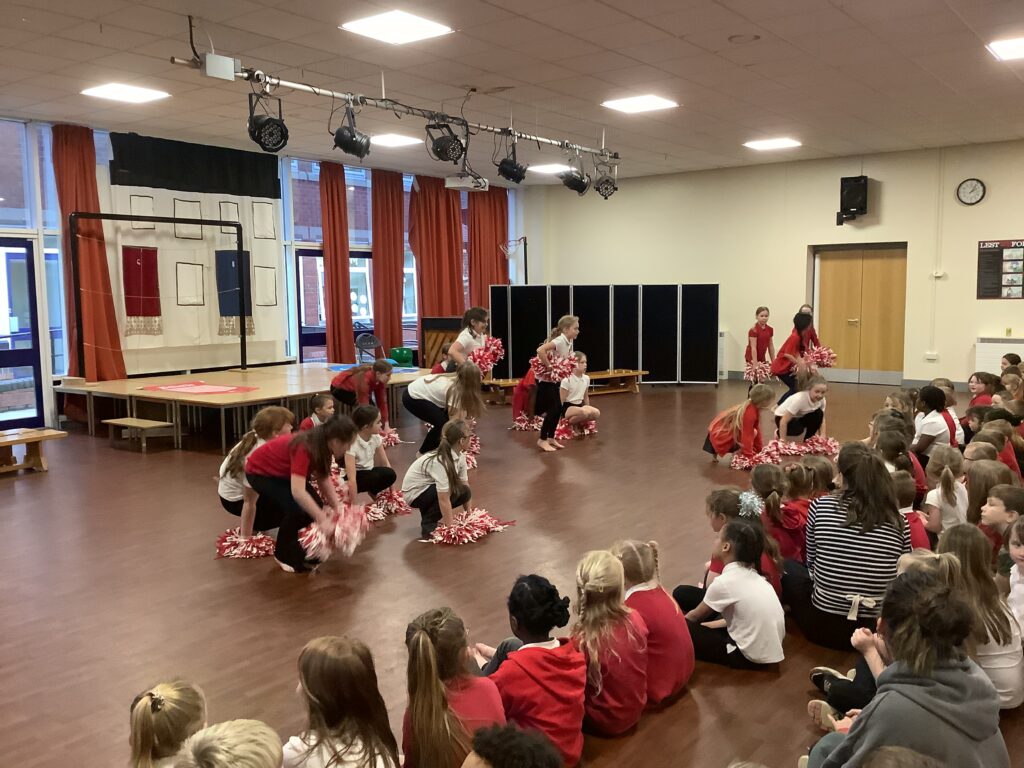
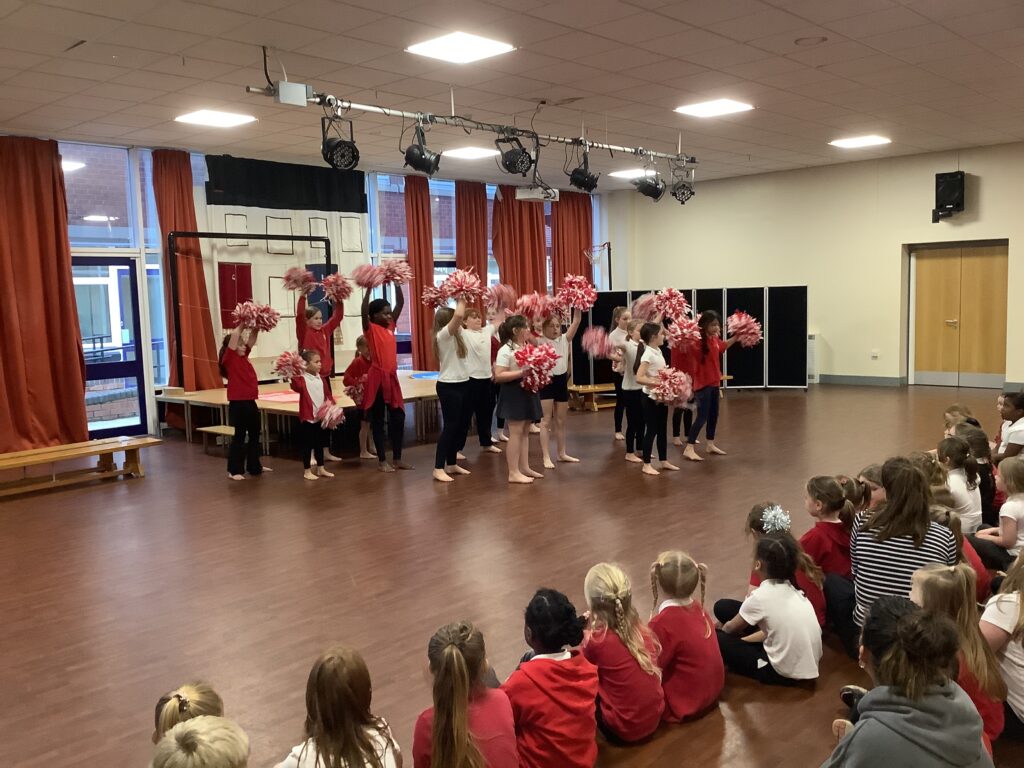
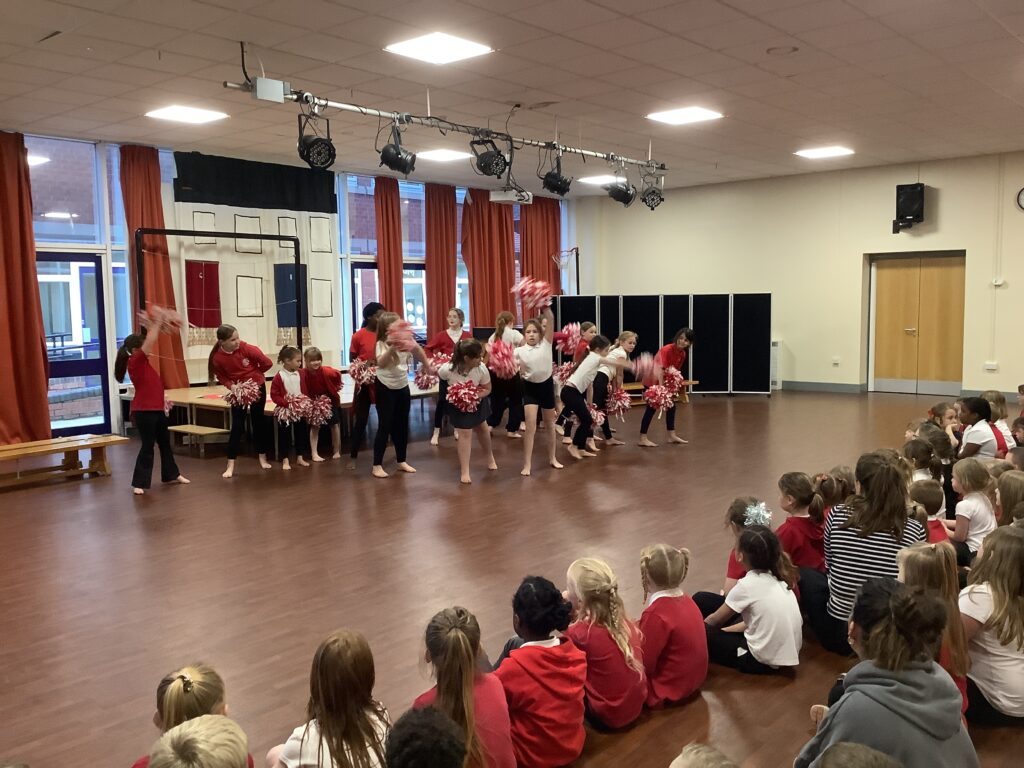
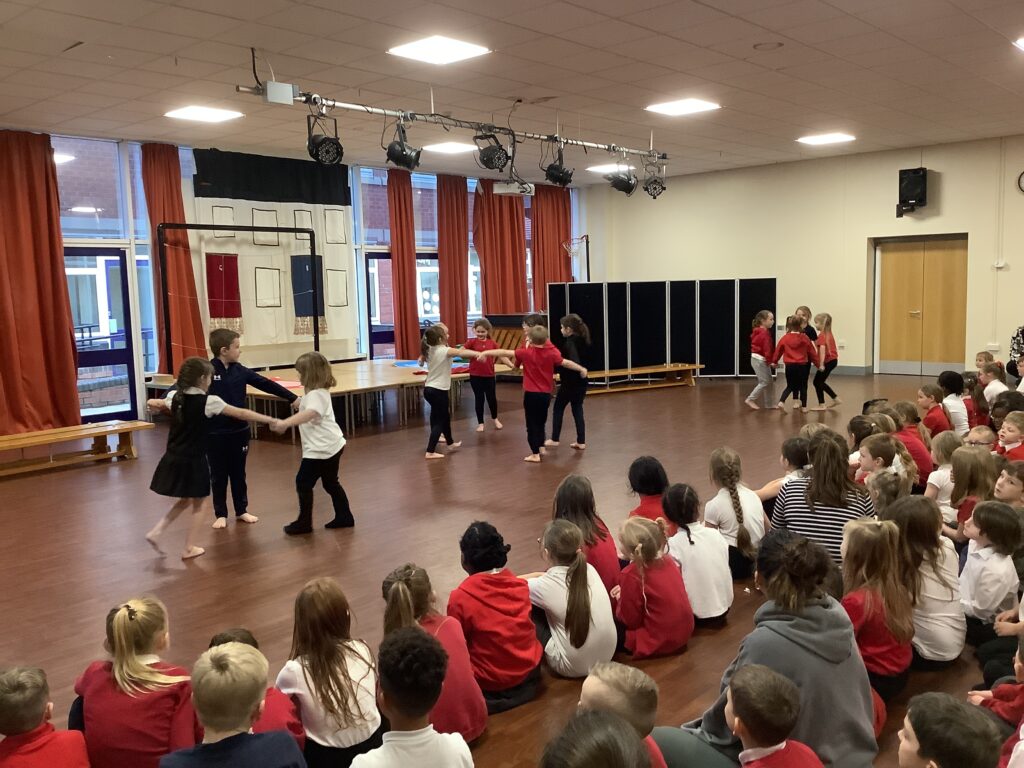
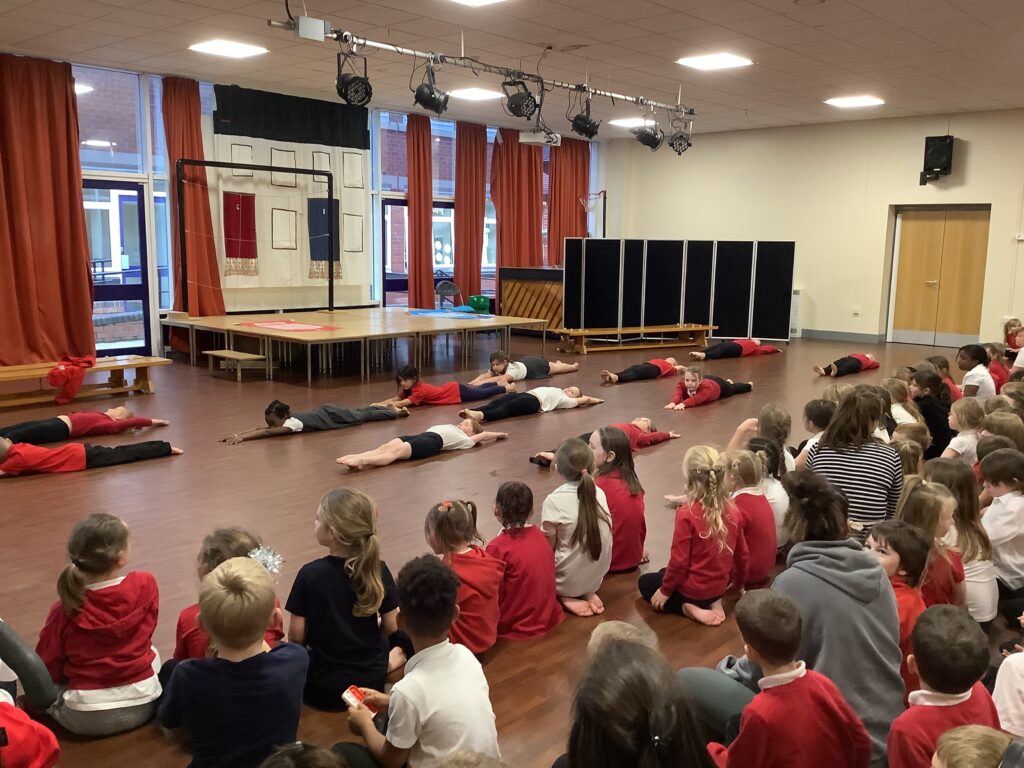
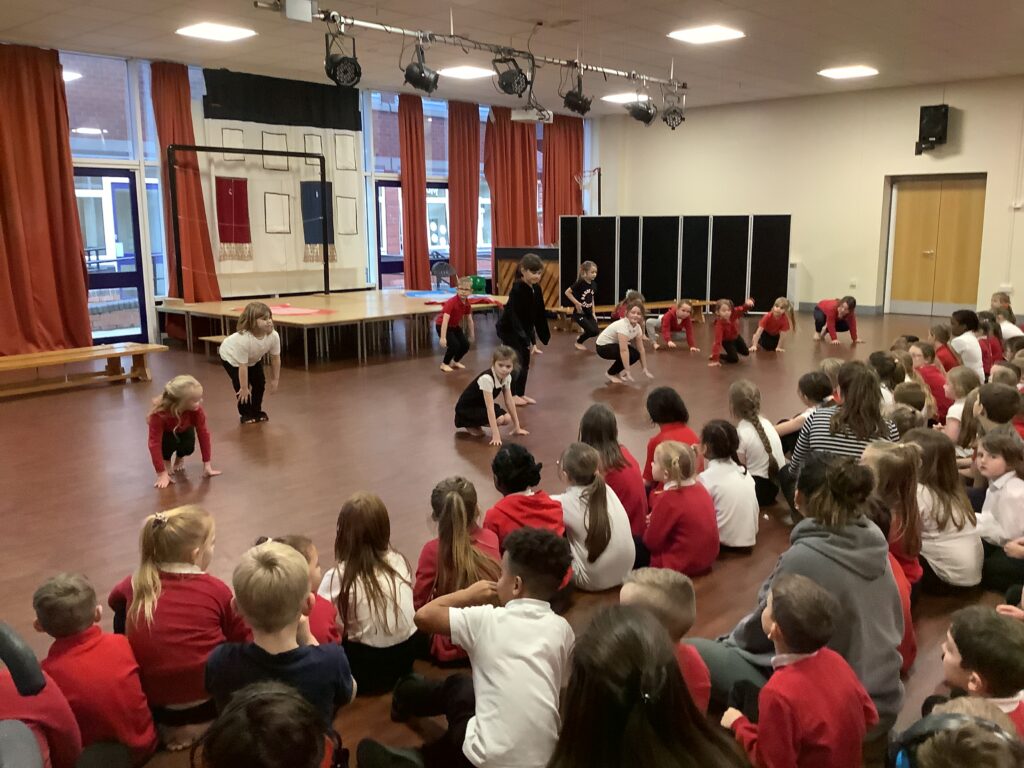
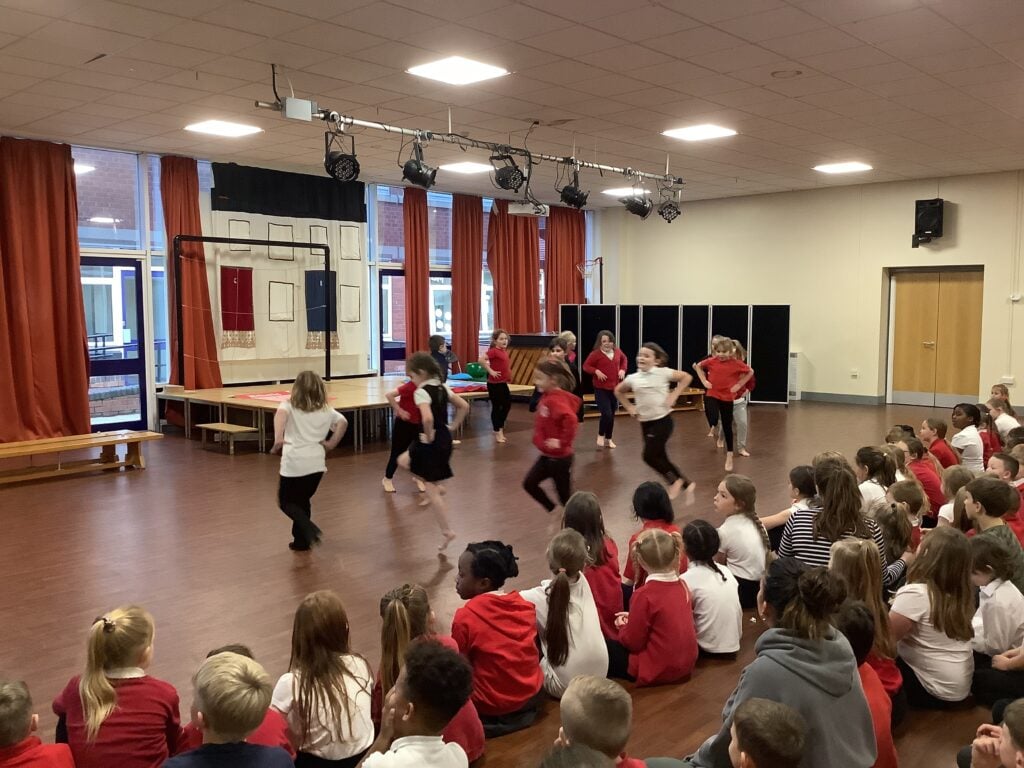
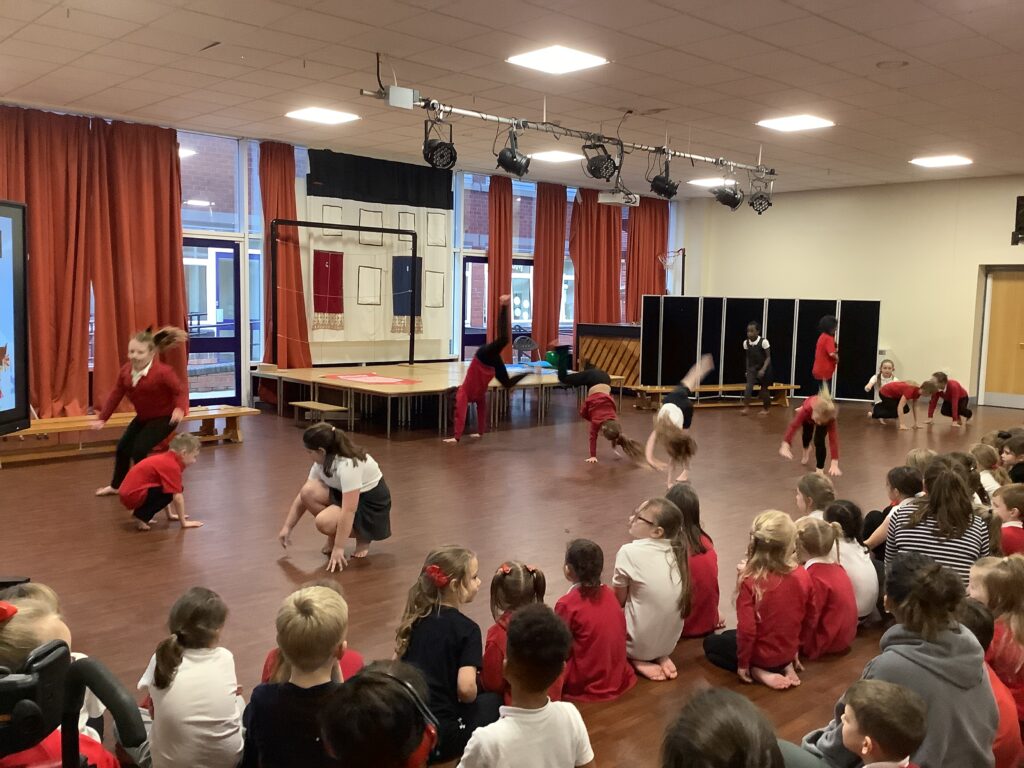
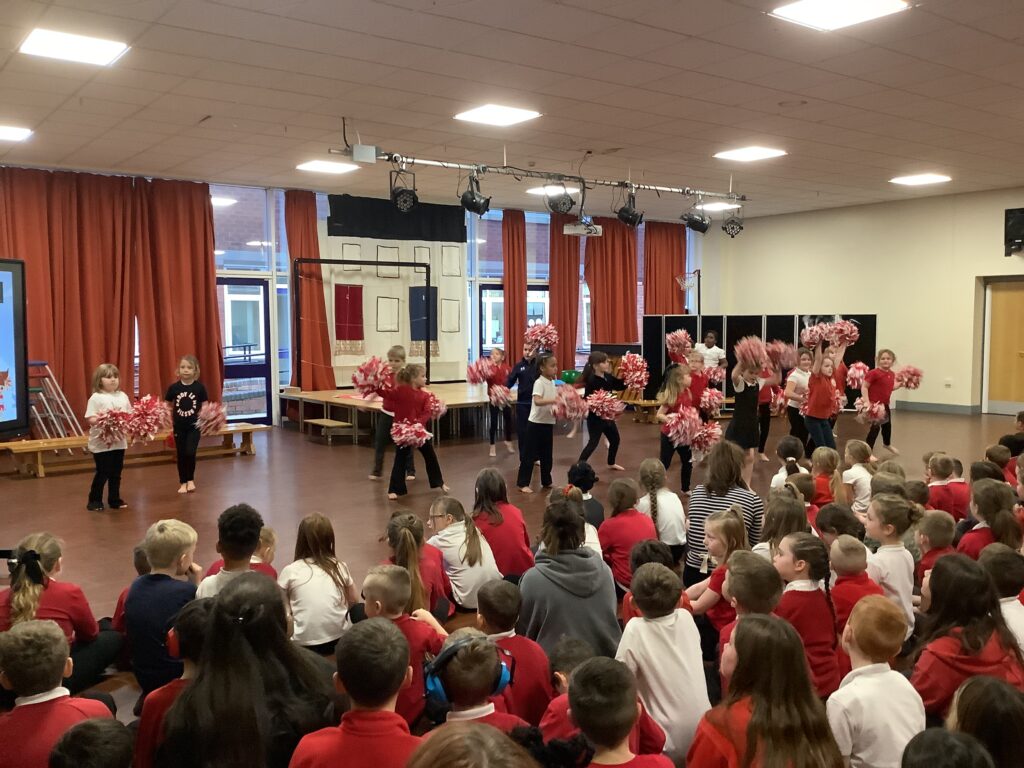
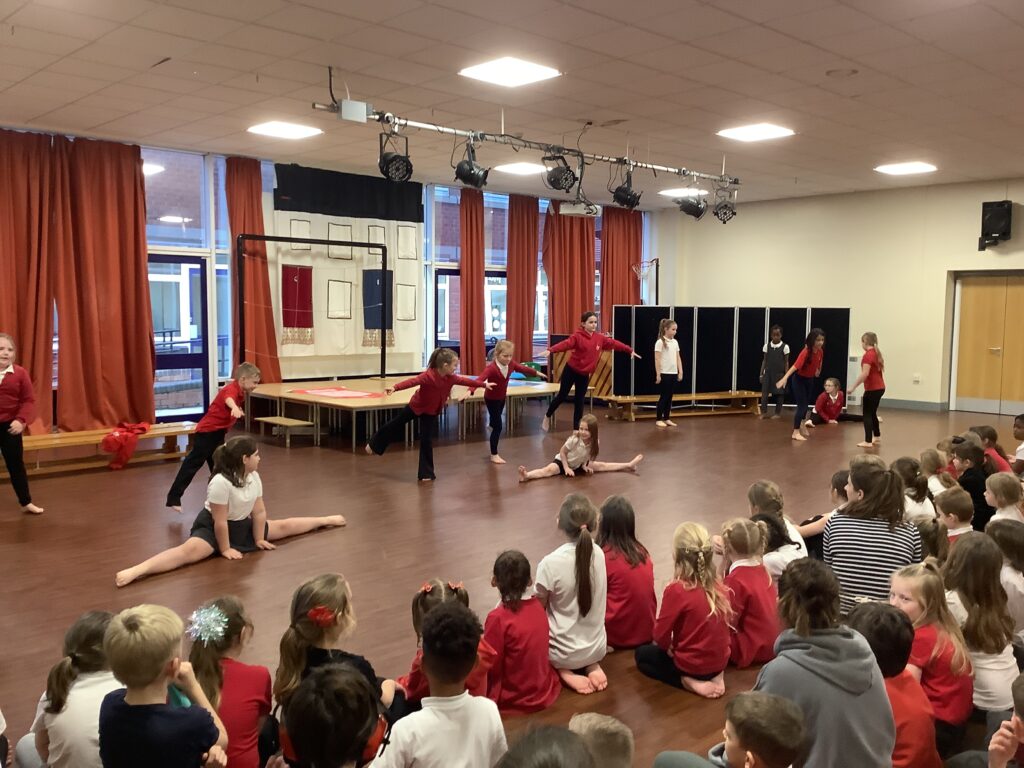
Today we continued with with our art slice where we did more research on our artist Pablo Picasso. This added to our work from last week where we carried out some critique on some of Picasso’s pieces of art. We then explored the artwork that we would use as our stimulus for our wooden cookie slice. We unpicked a model then had a go at our first draft using Mrs McClare’s step by step model. We offered critique to our partners first draft then used feedback to have another go. We took part in a gallery walk to observe our peers work, thinking about the sizes and shapes they had used. We then worked again on our own pieces. We are enjoying redrafting our work to make it better.
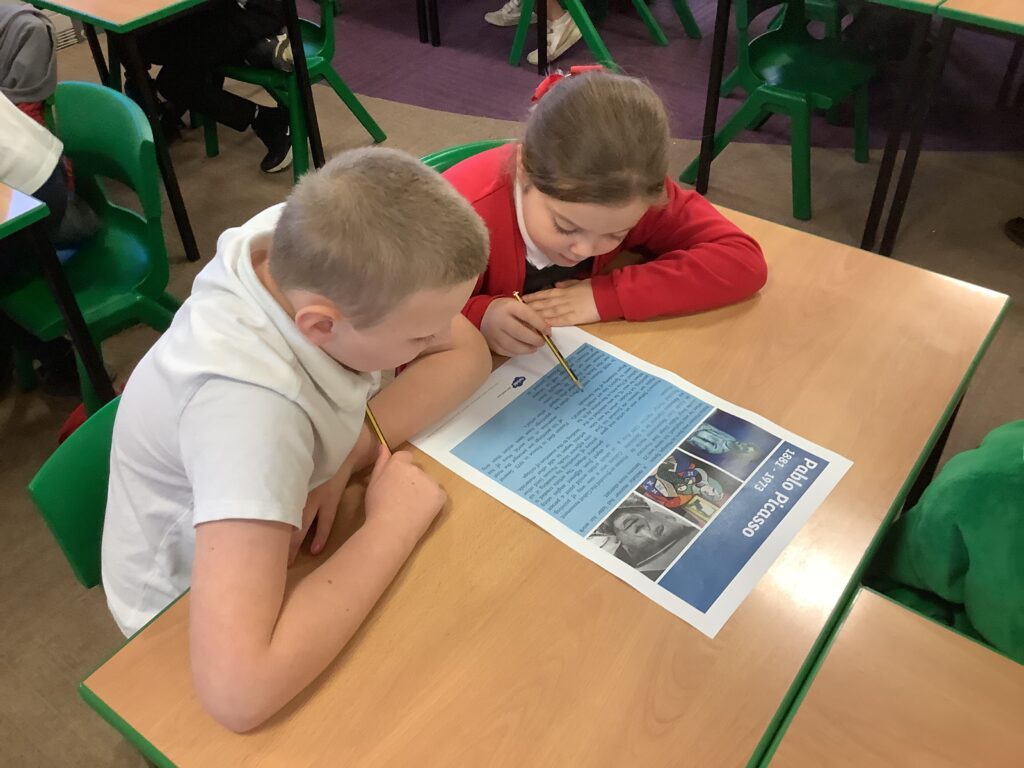
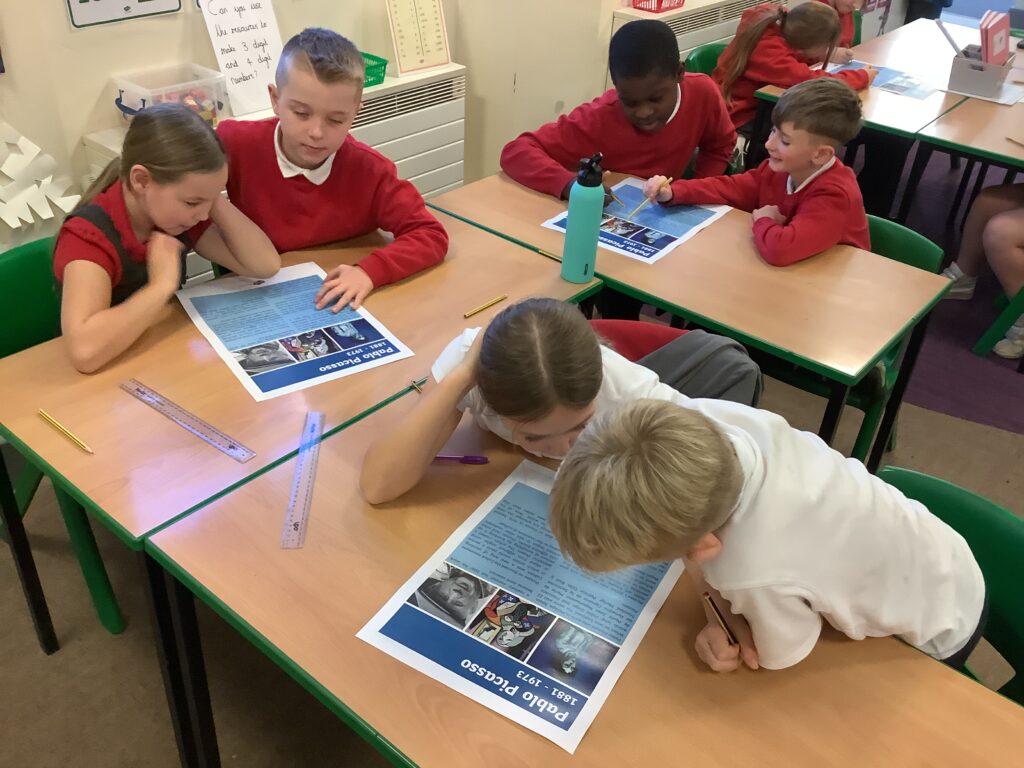
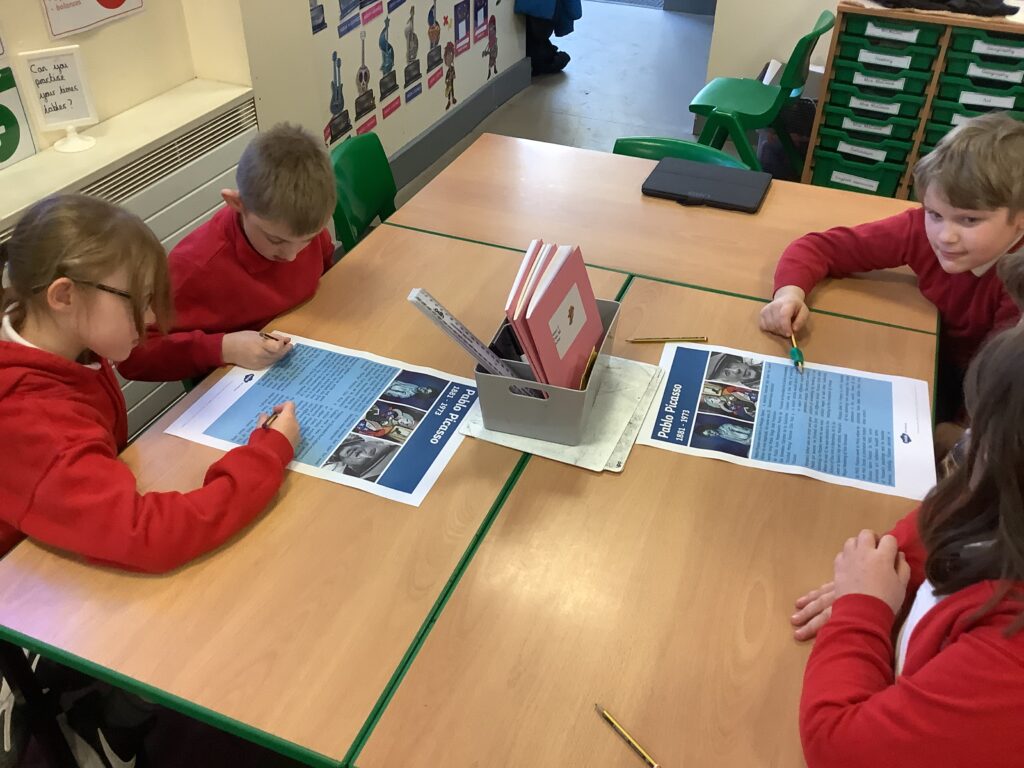
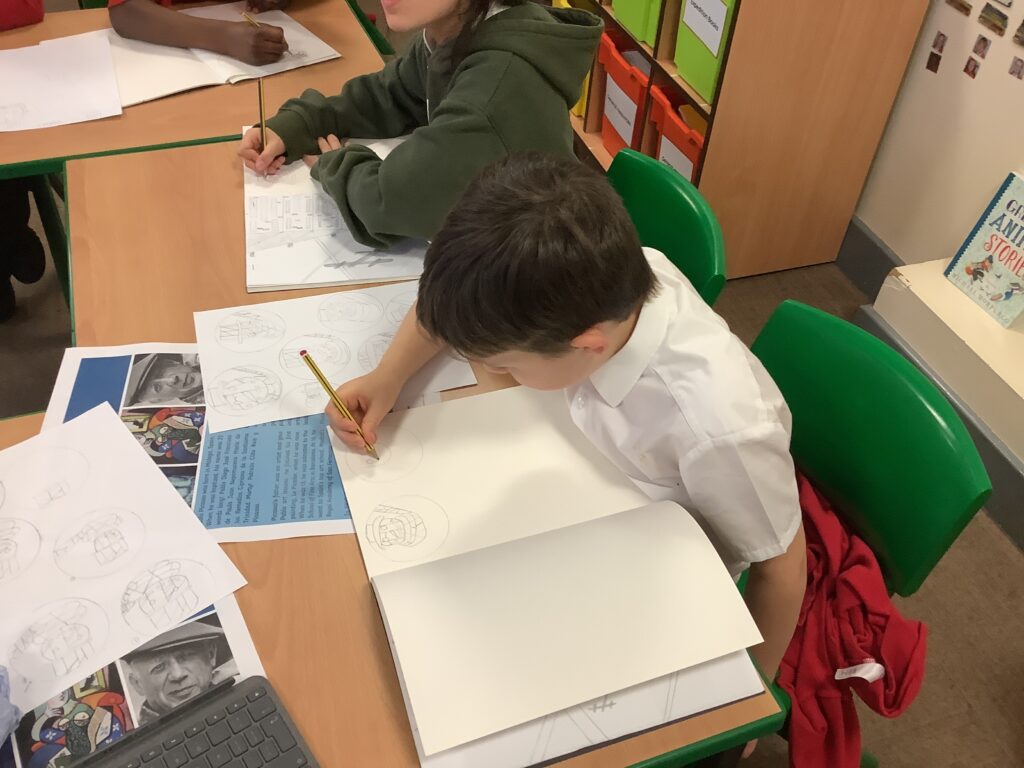
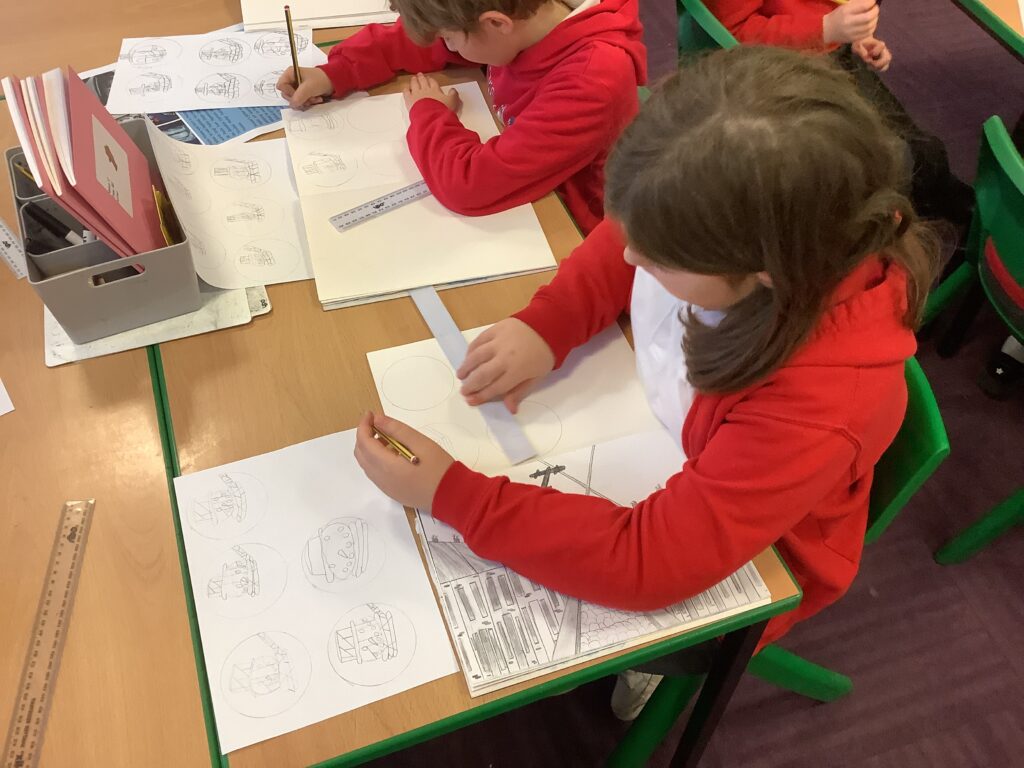
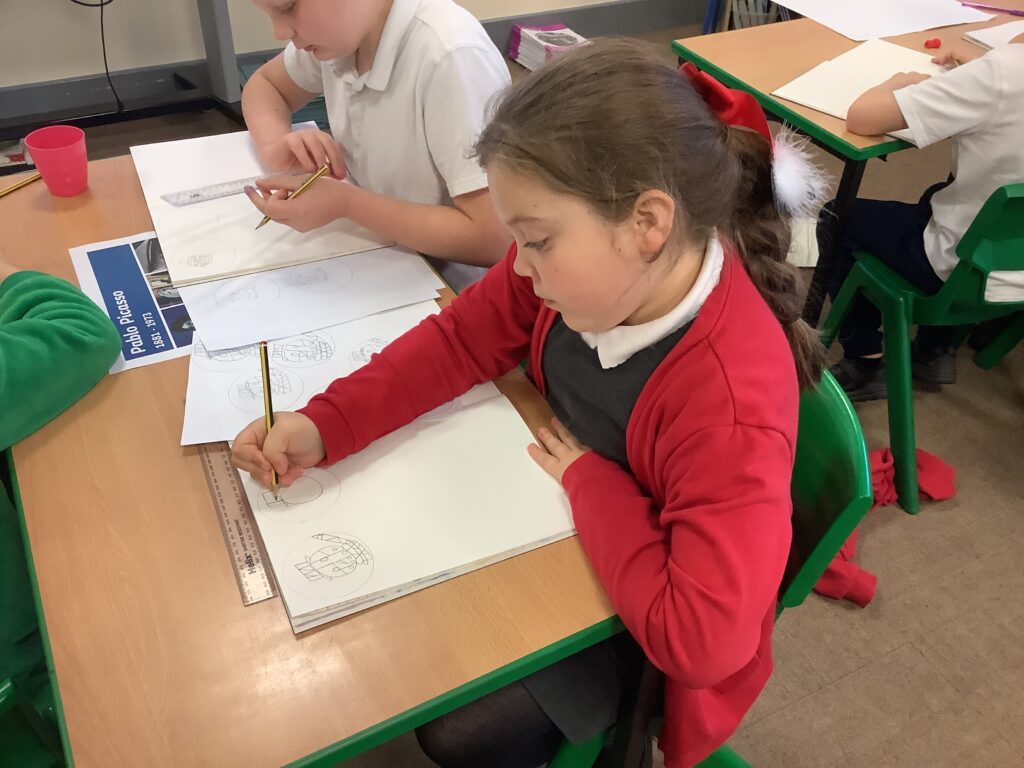
Crew Hamill were very lucky on Friday and were able to take part in an extra Scotty’s session which focused on survival skills. We carefully followed instructions to use a flint and steel to create fire! We began by learning how to use the flint and steel properly to create sparks and then used this to set a piece of cotton wool on fire. Once we’d mastered this skill, we added some vaseline to our cotton wool balls and set them alight again. This time, they burned for longer and create a flame! We had SO much fun!
